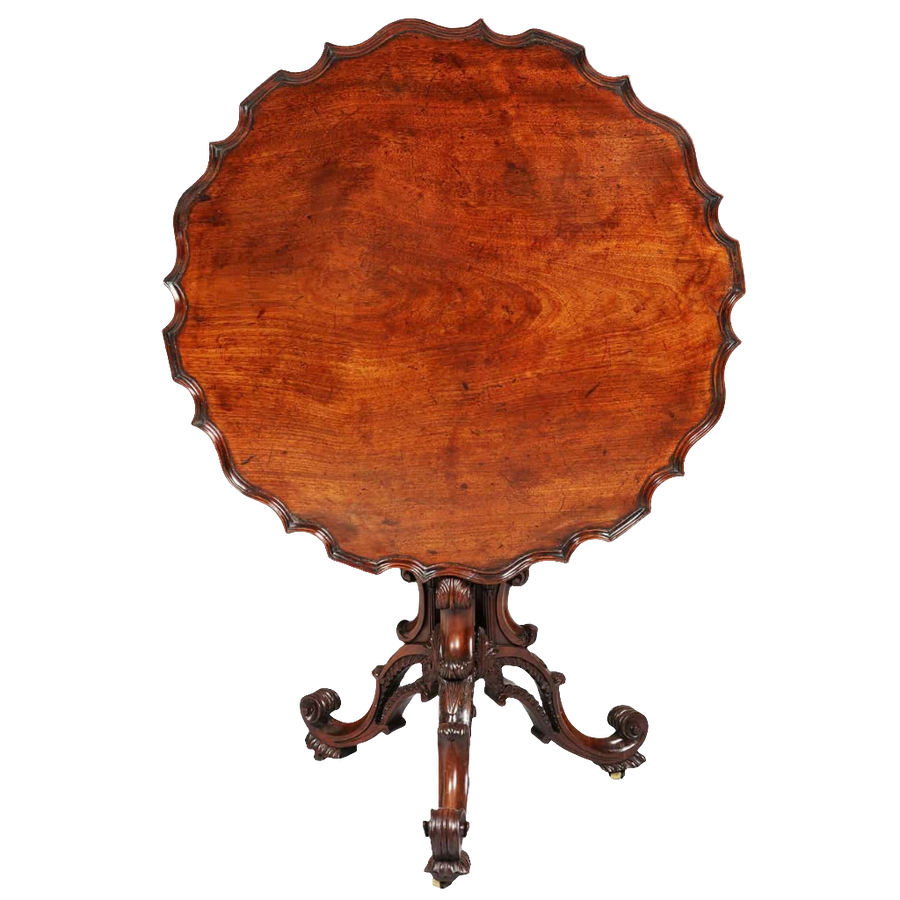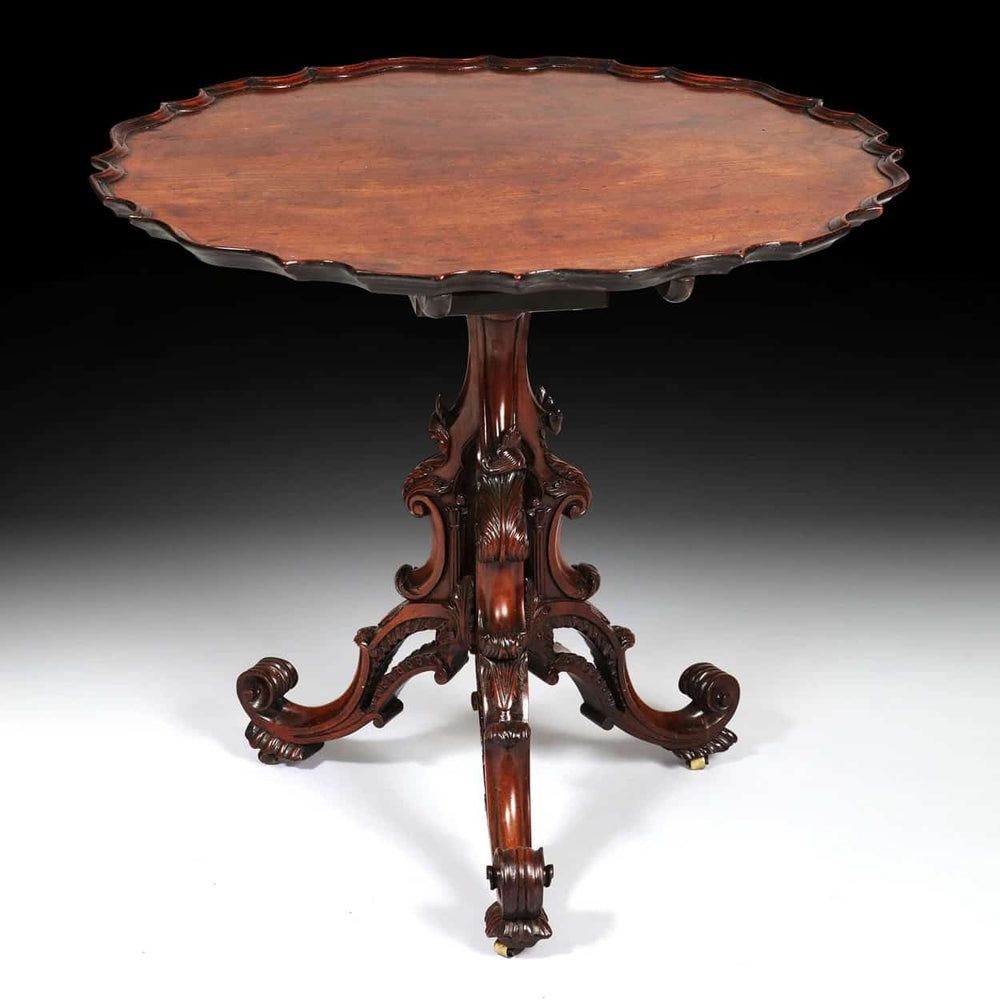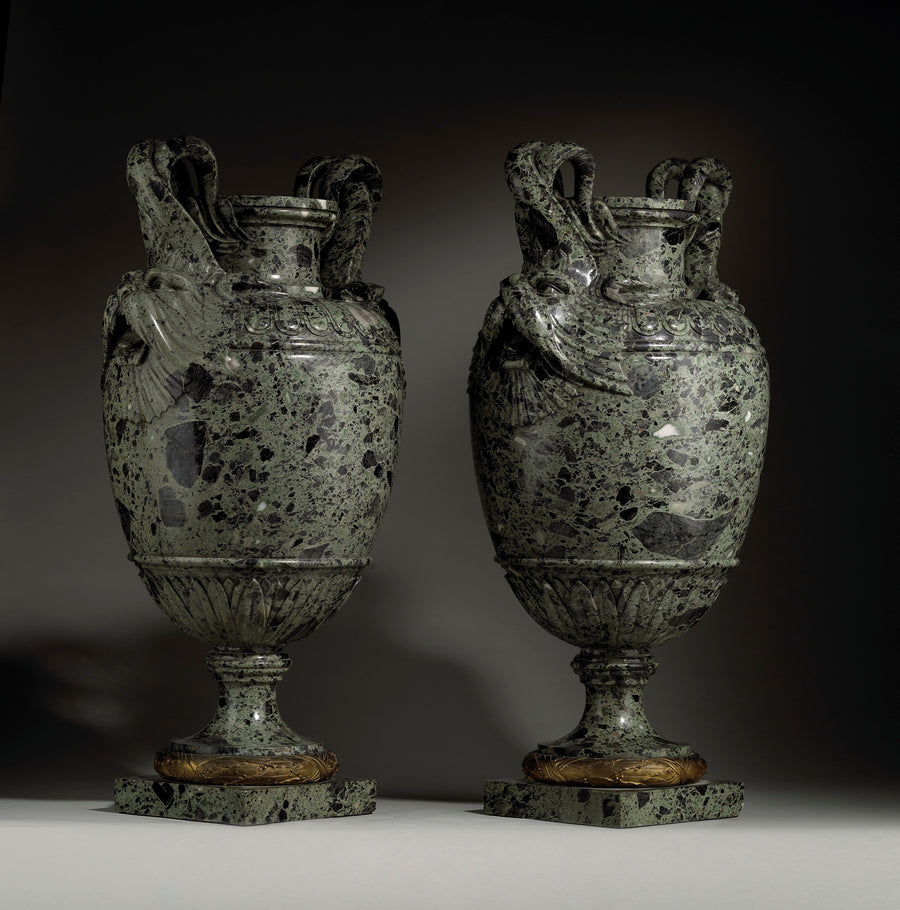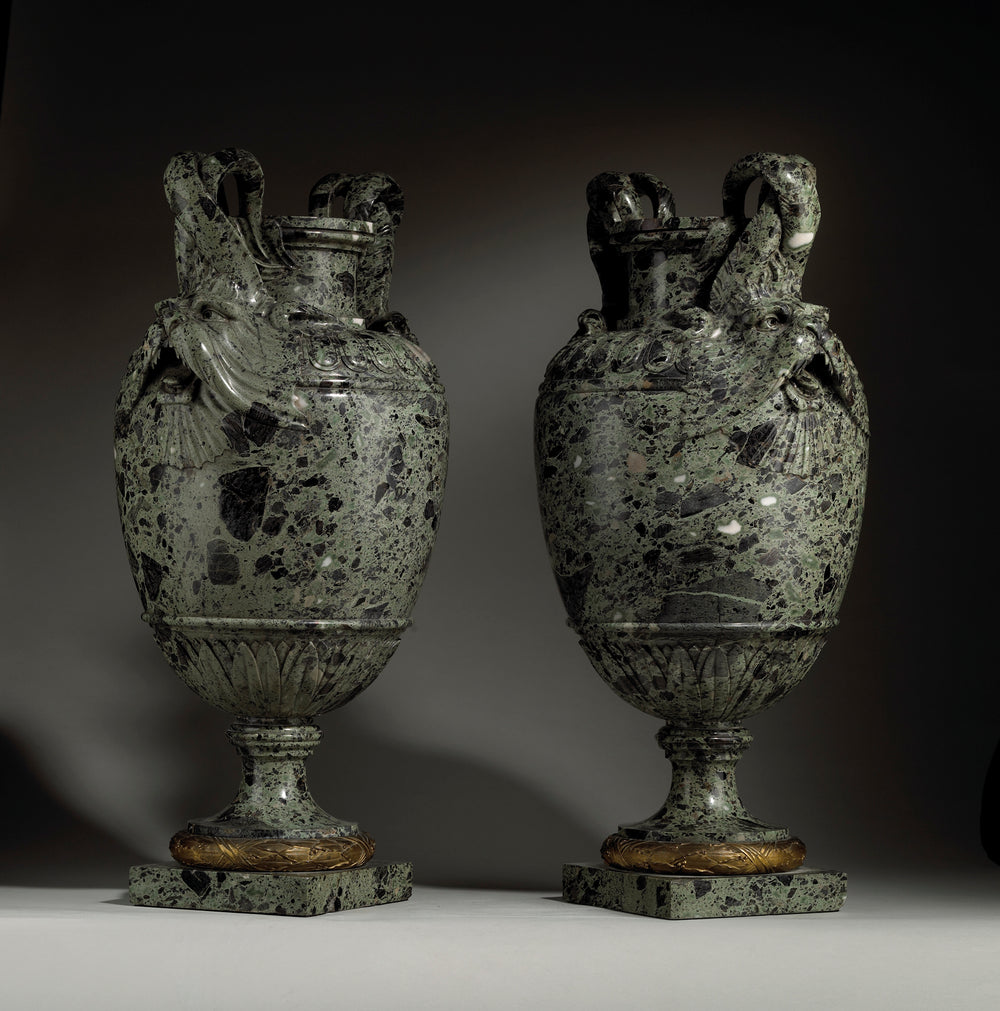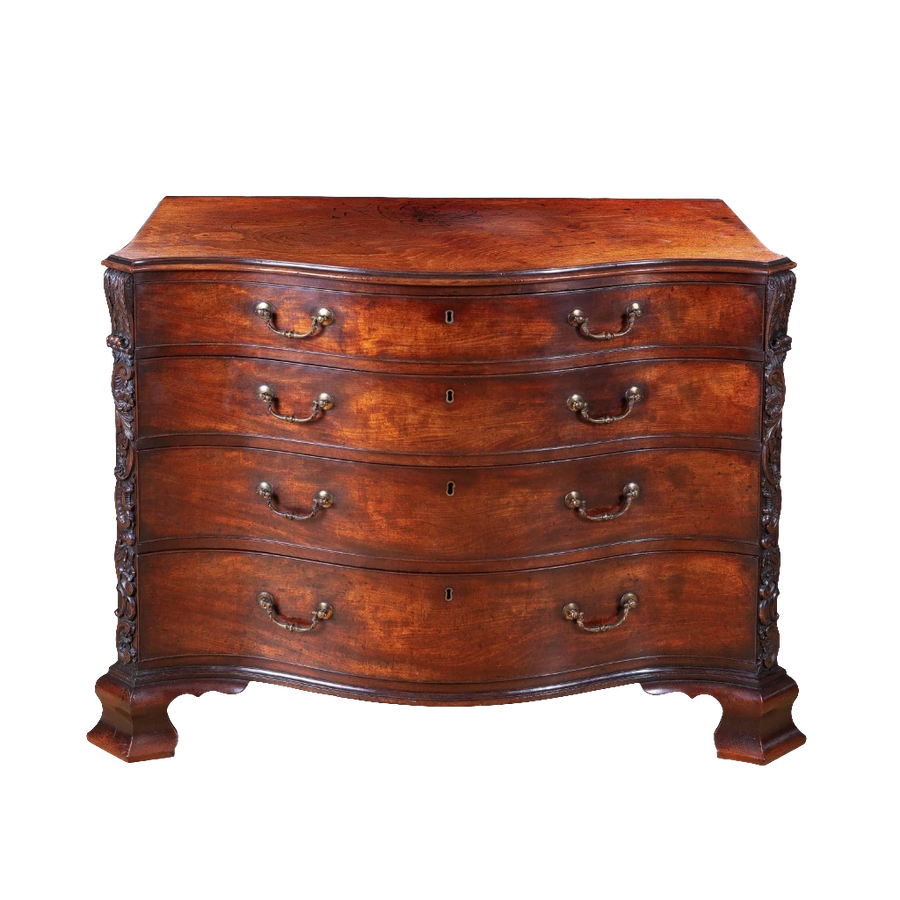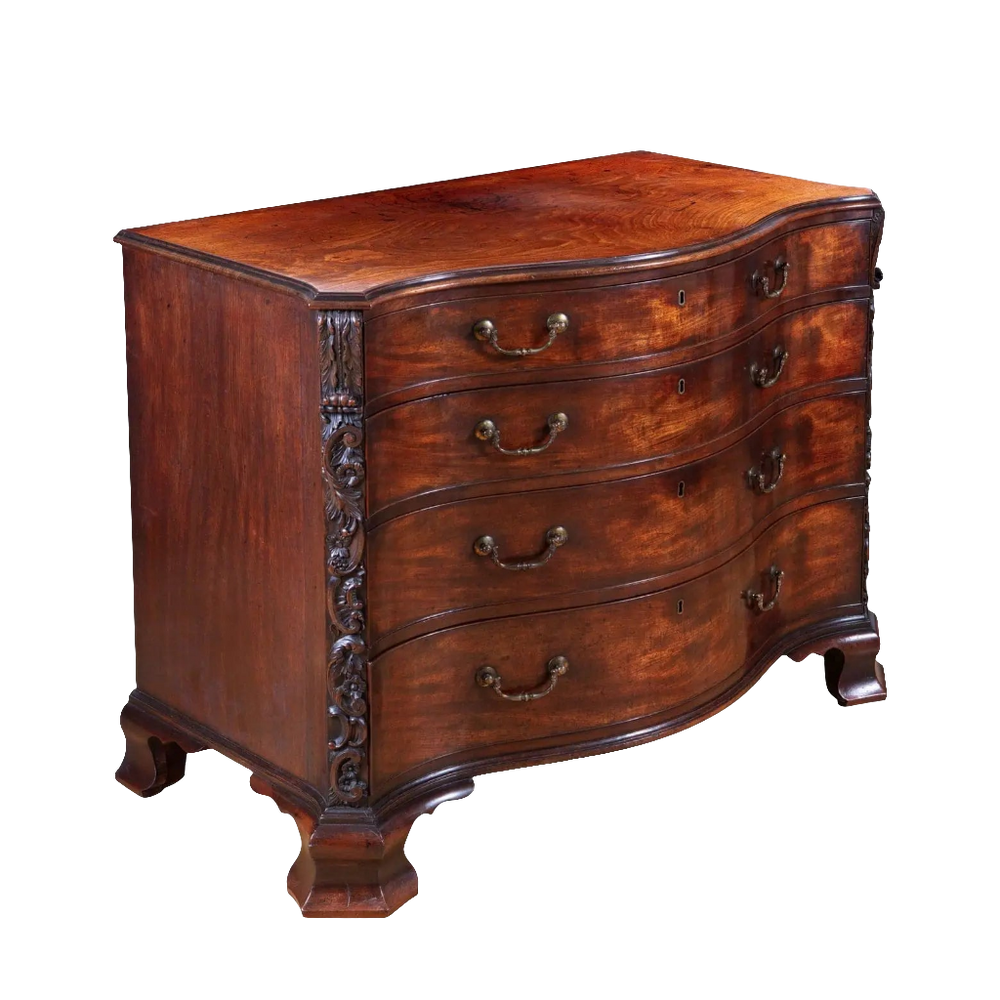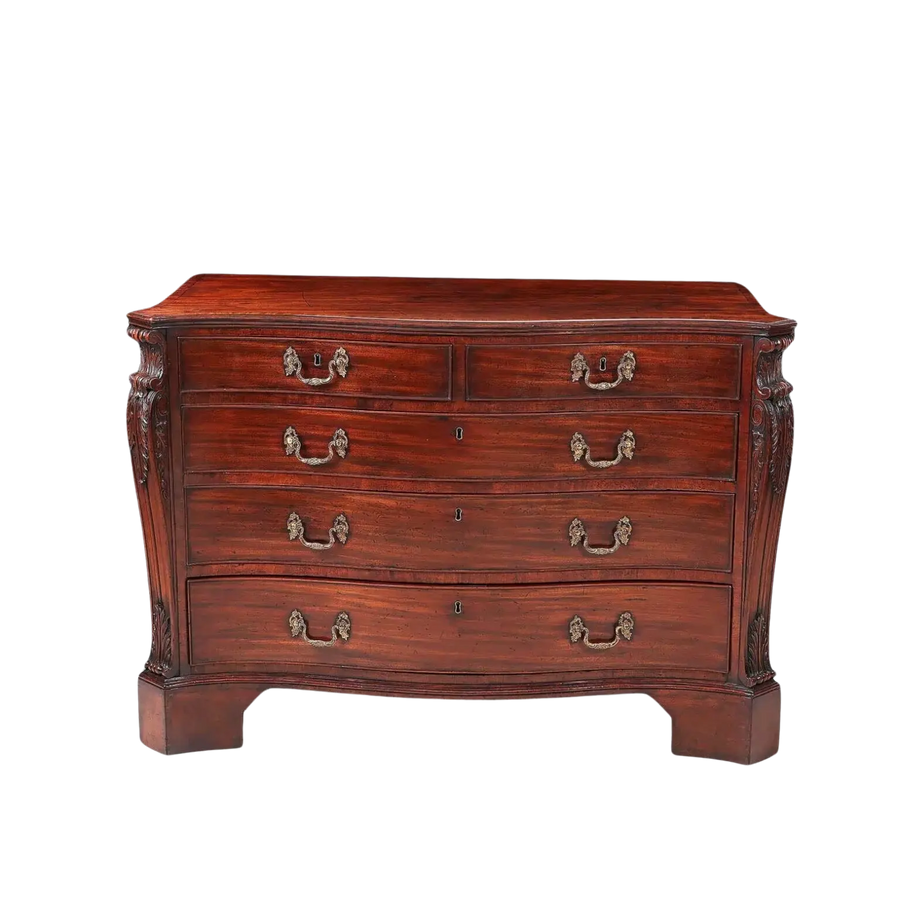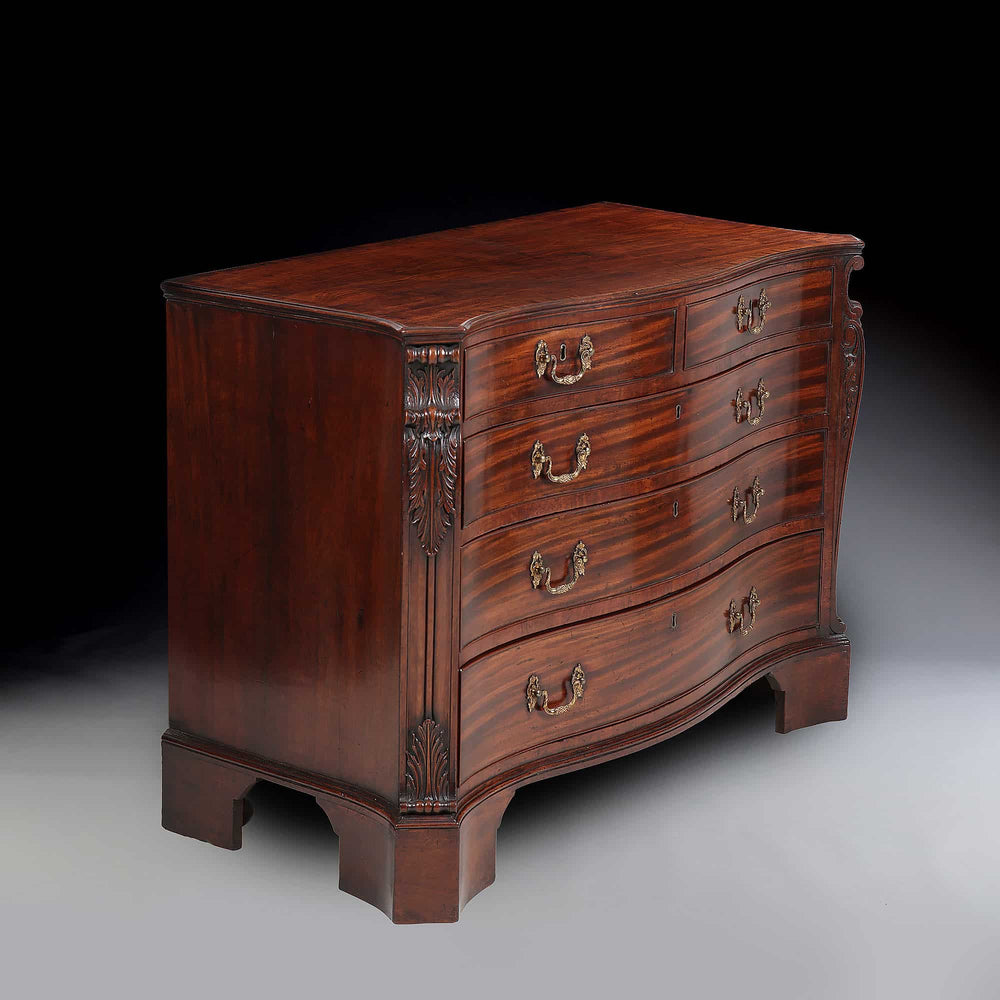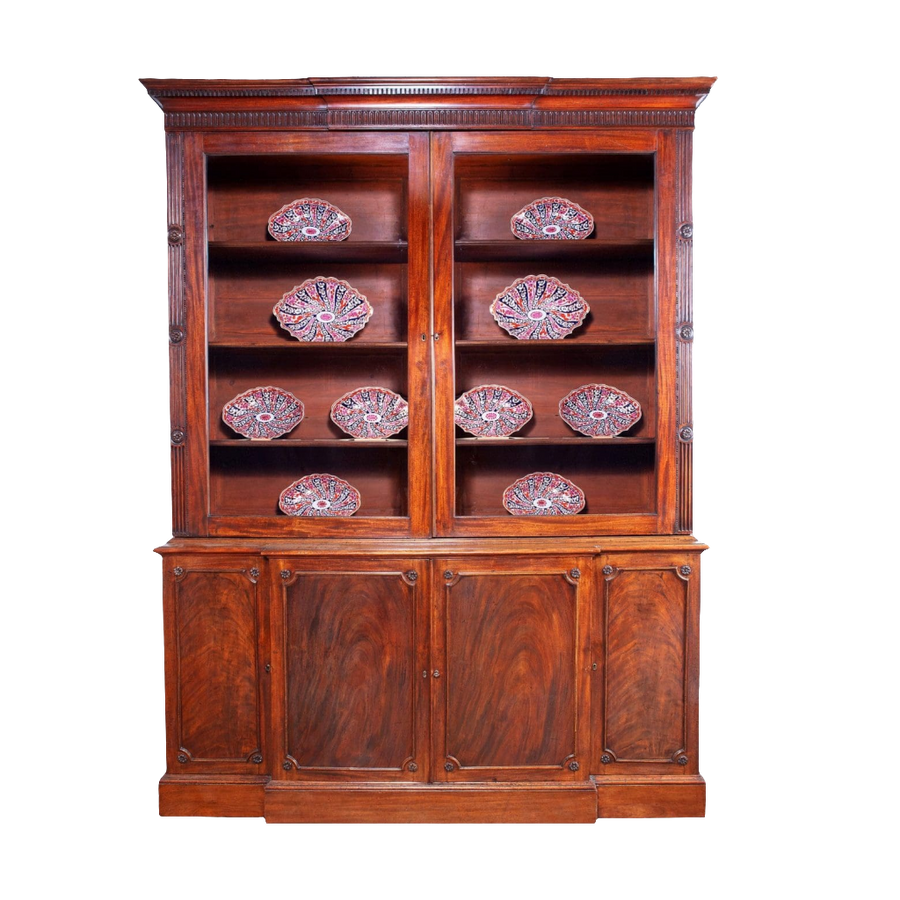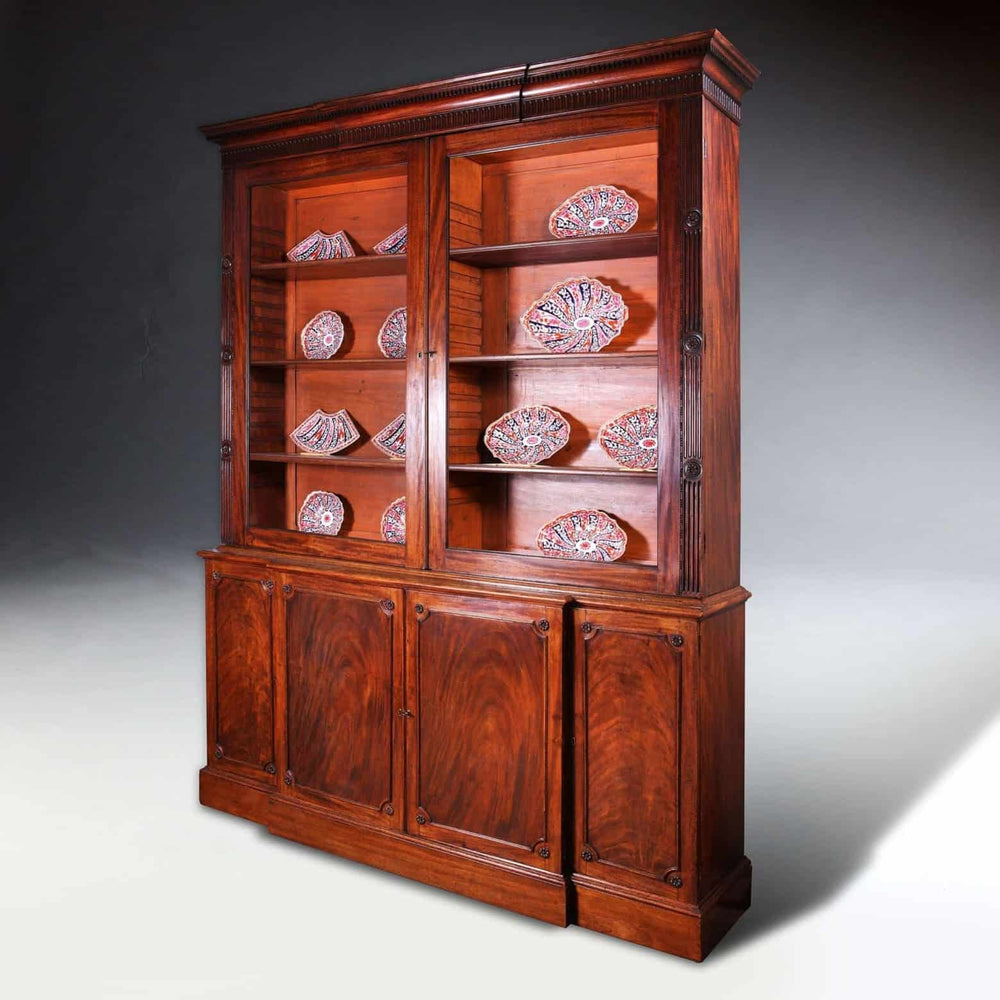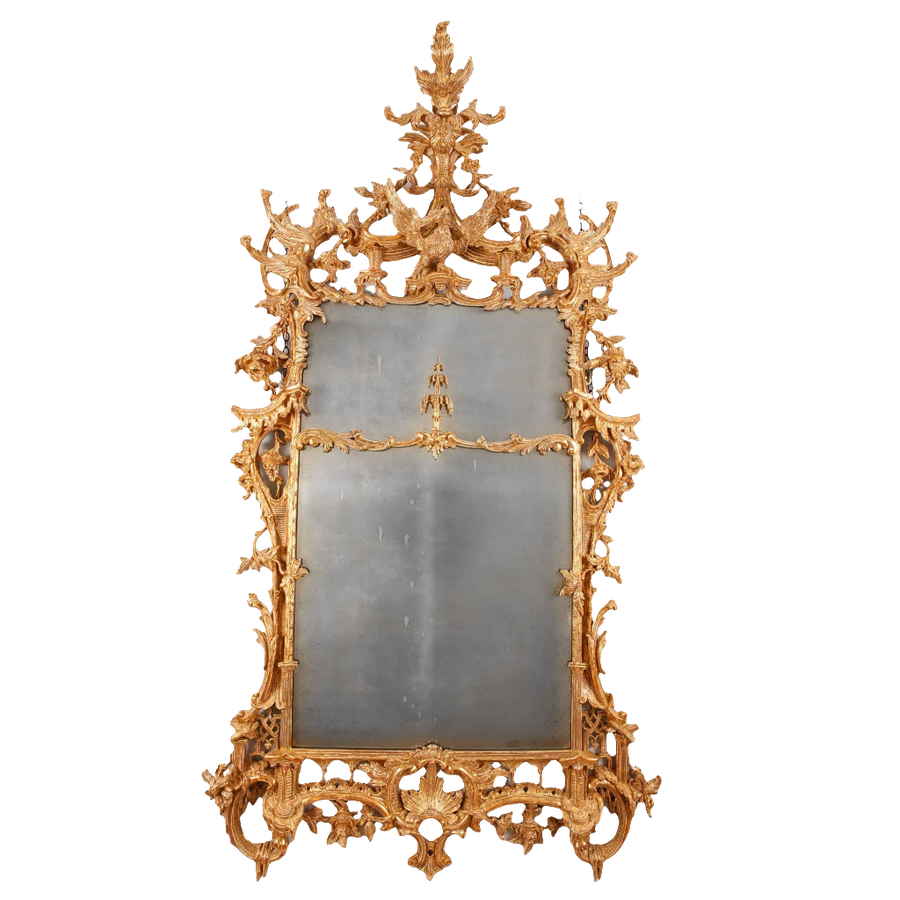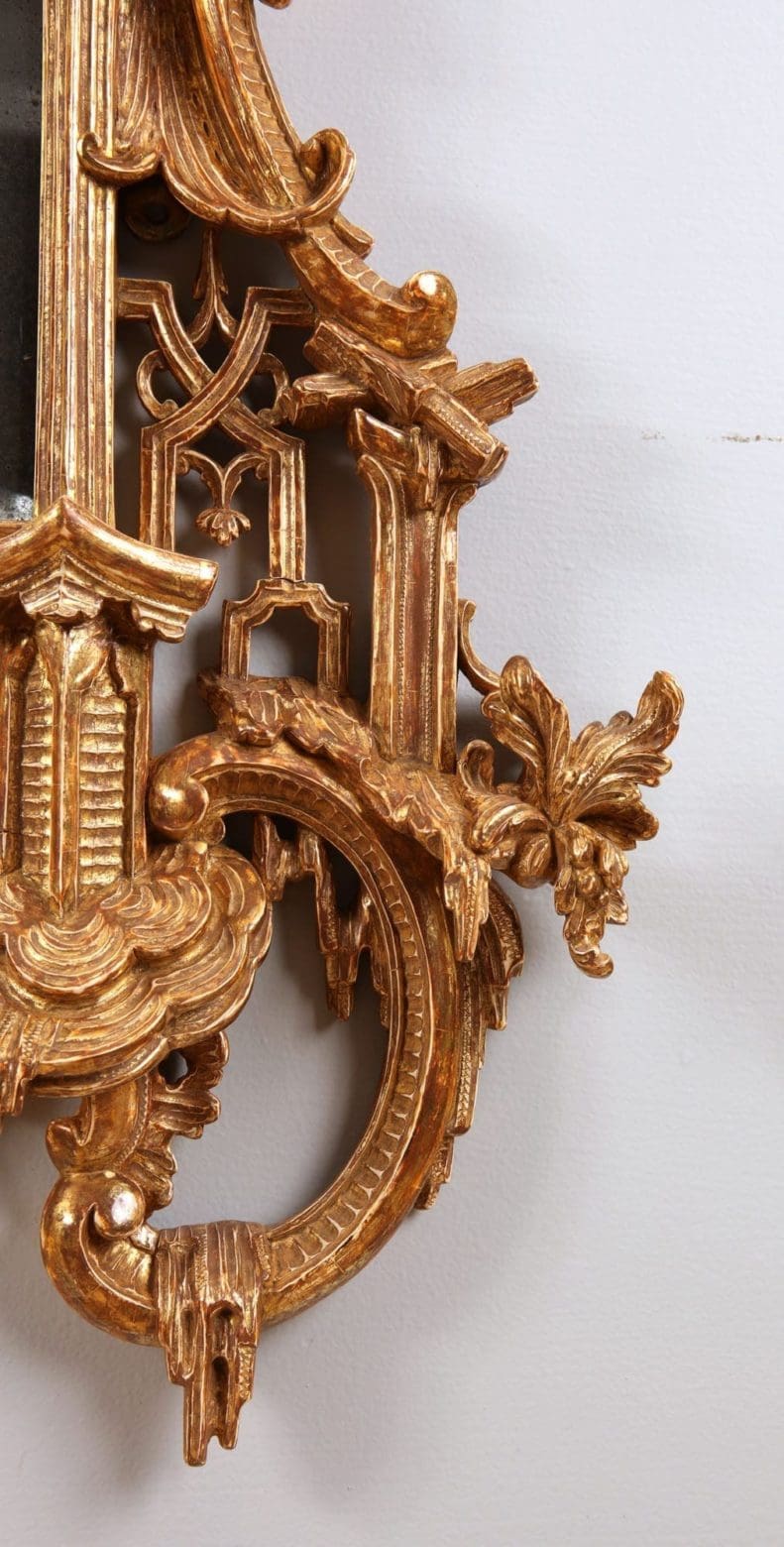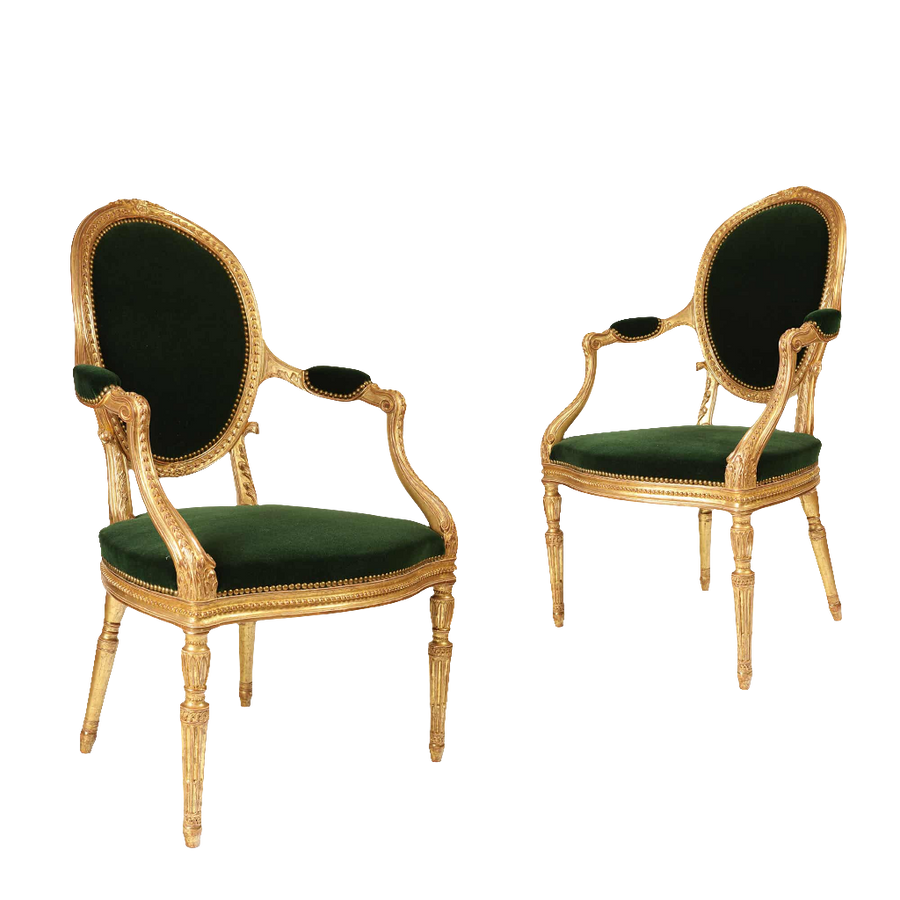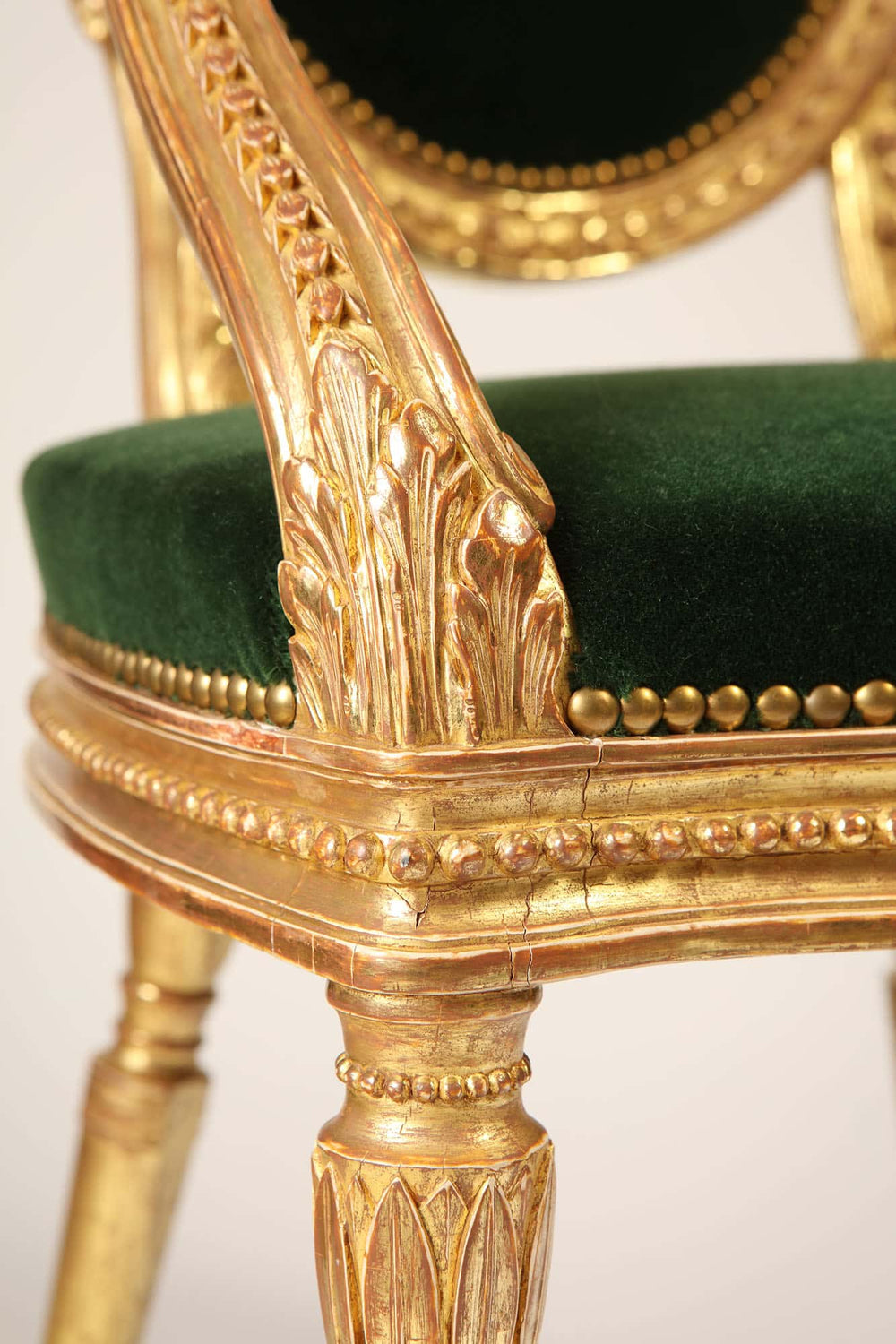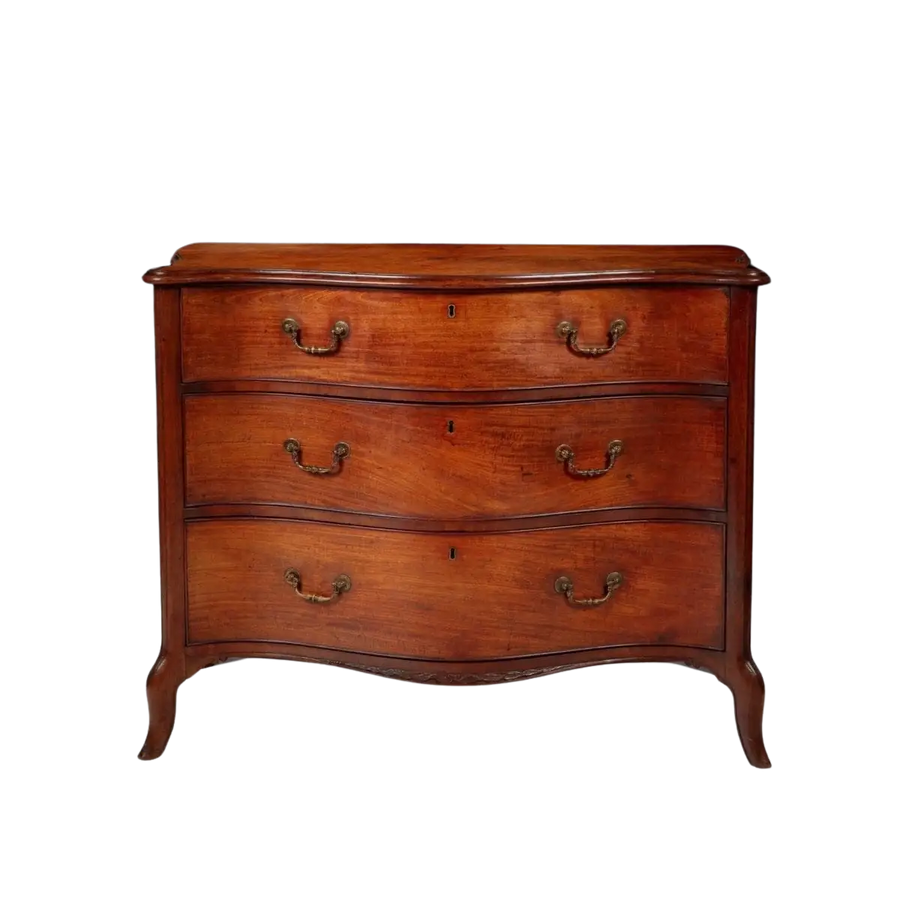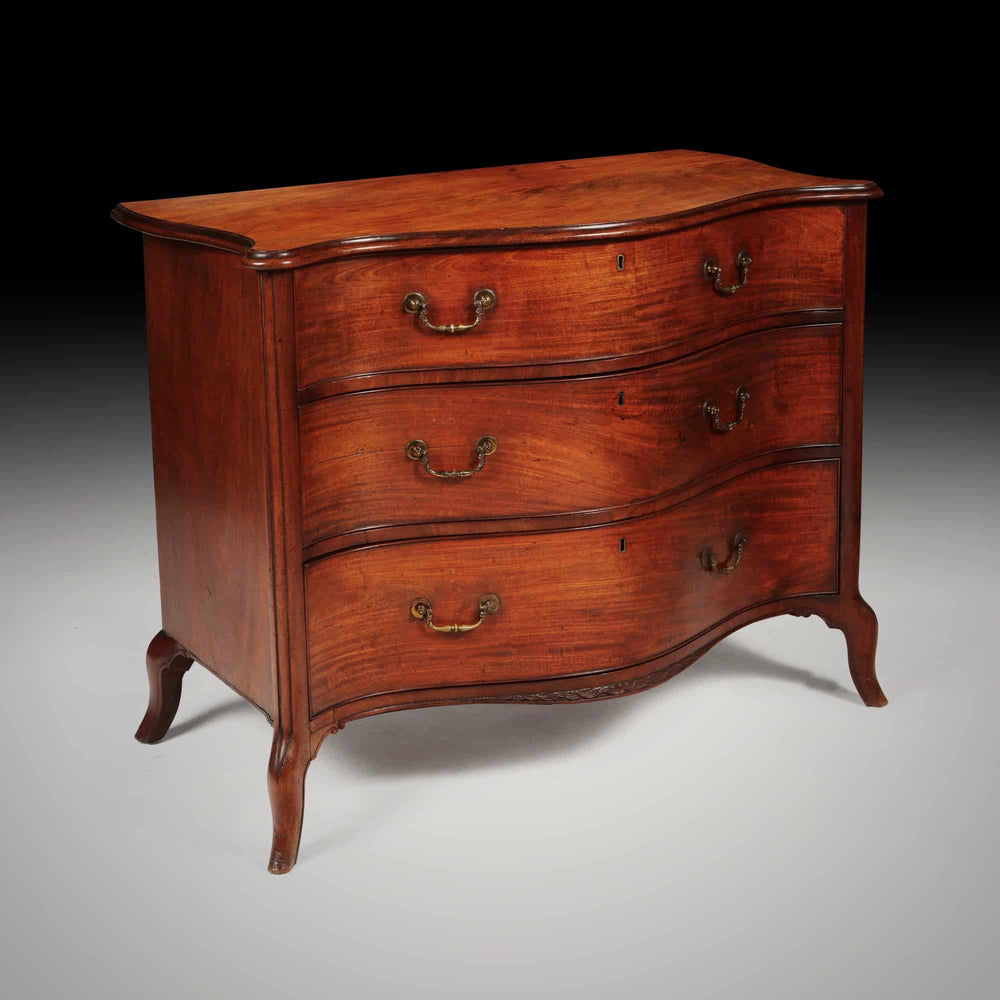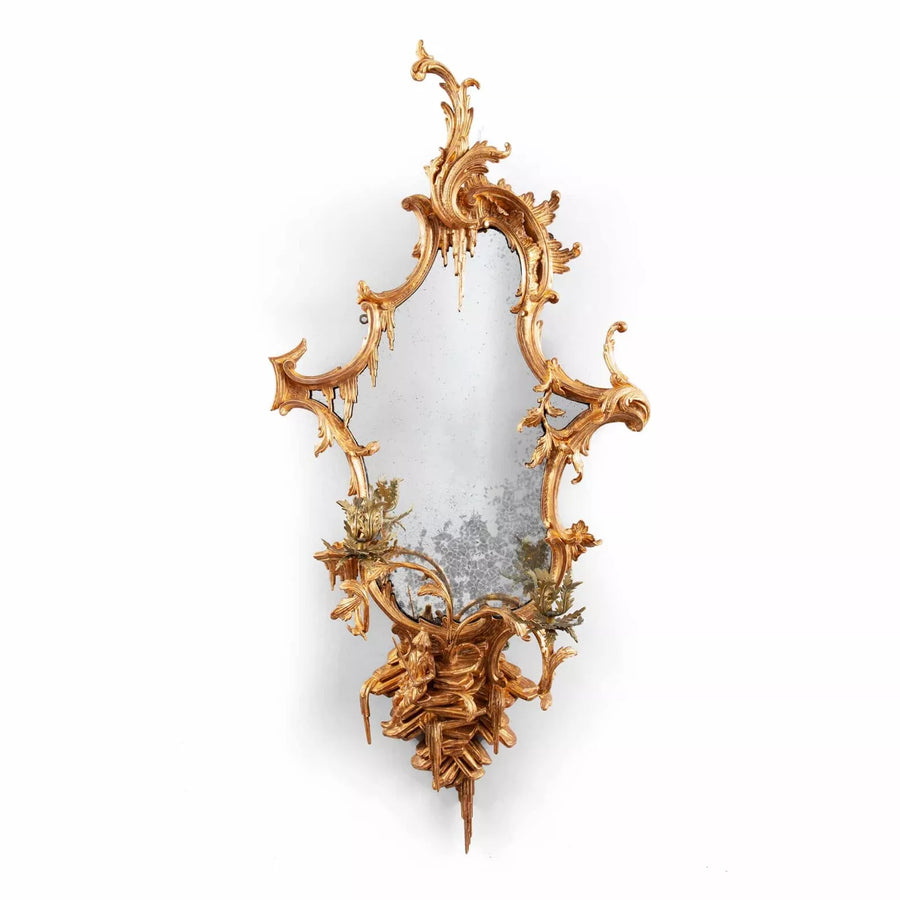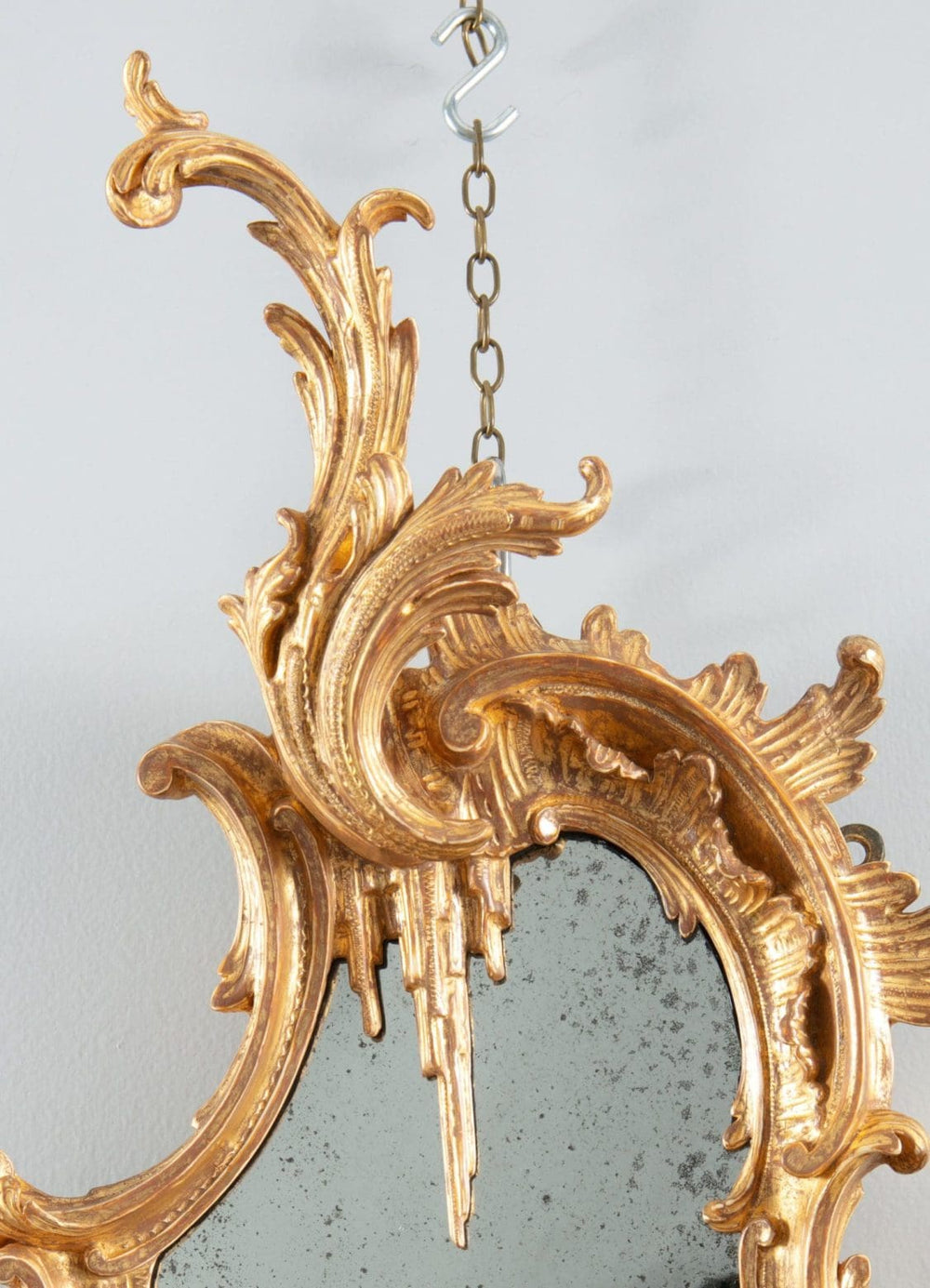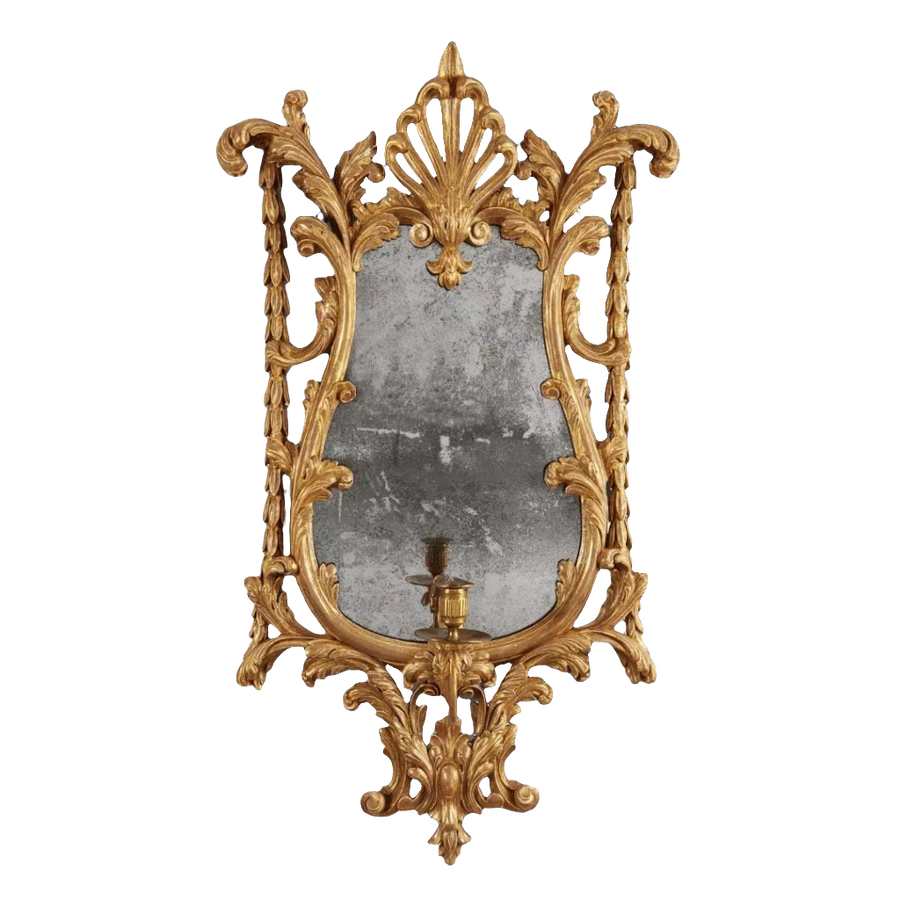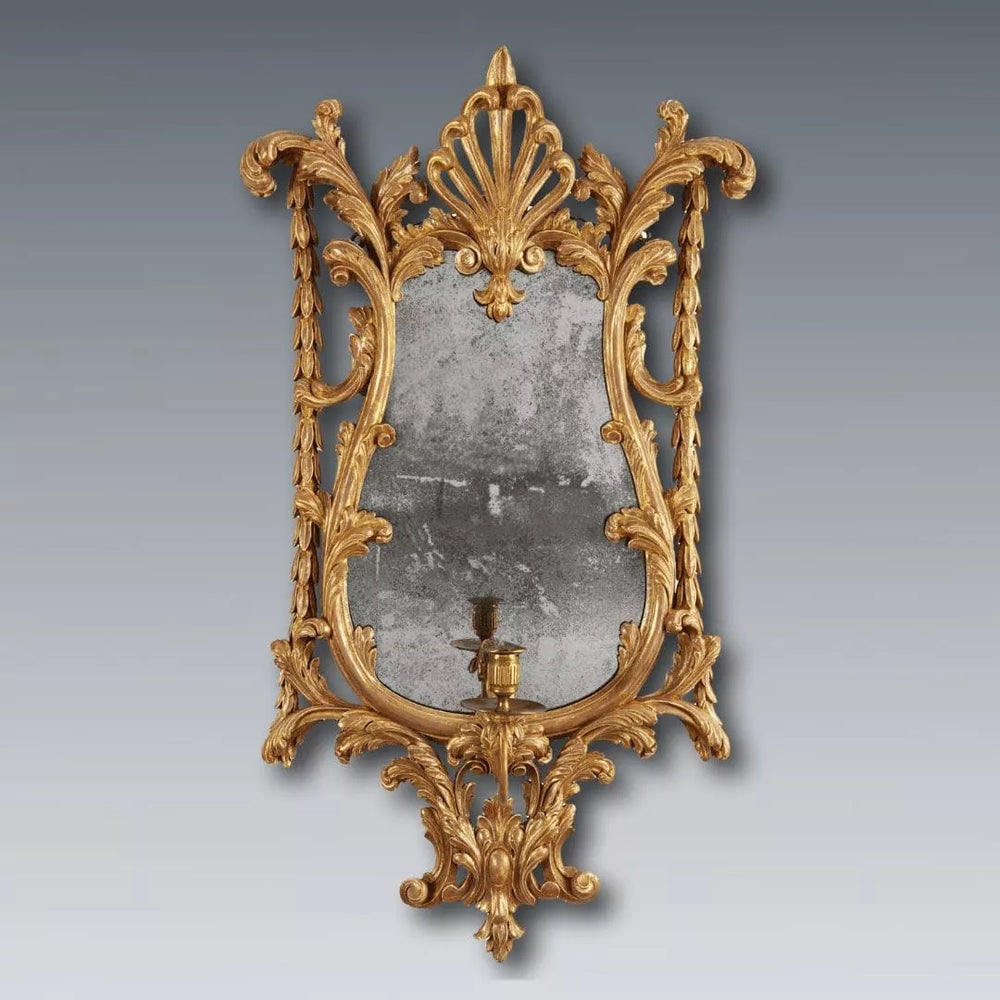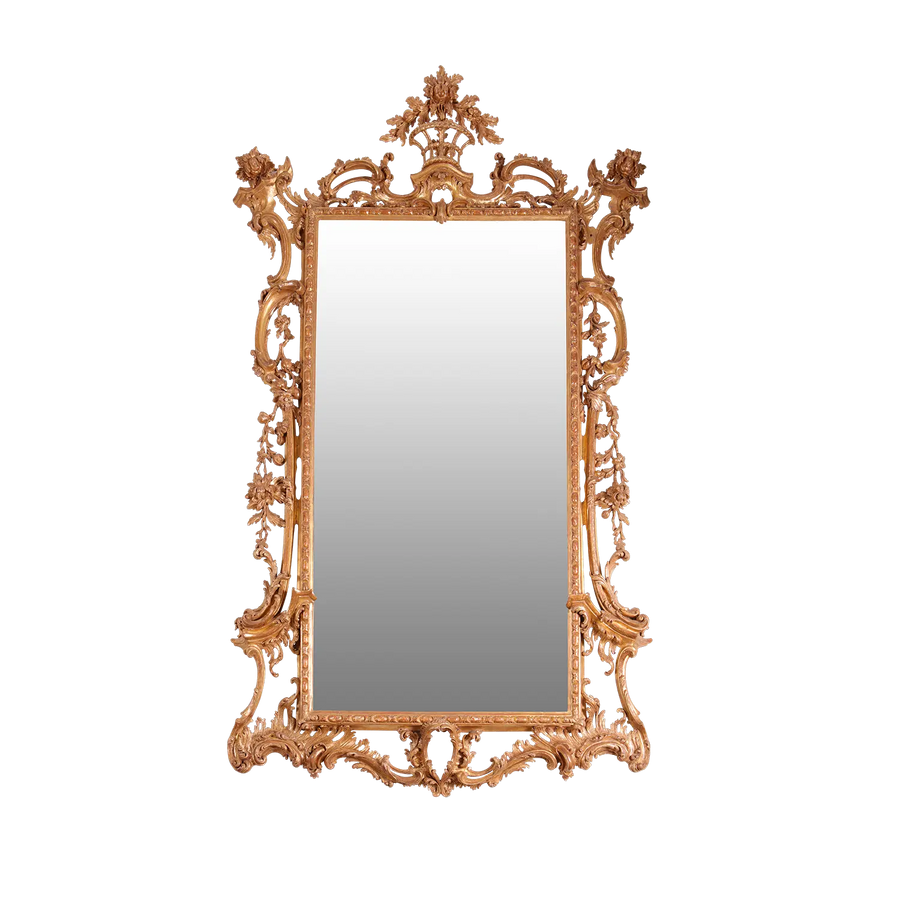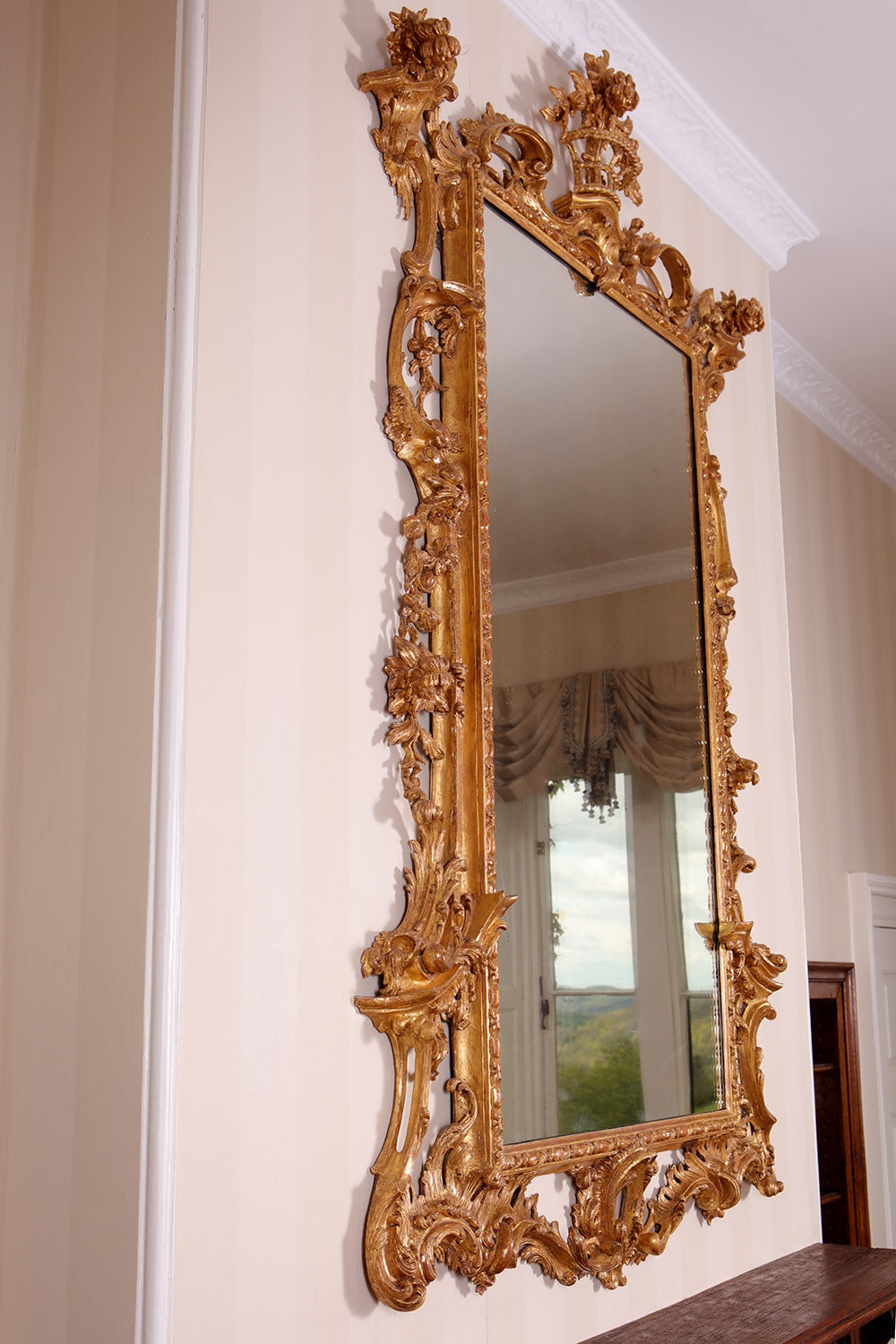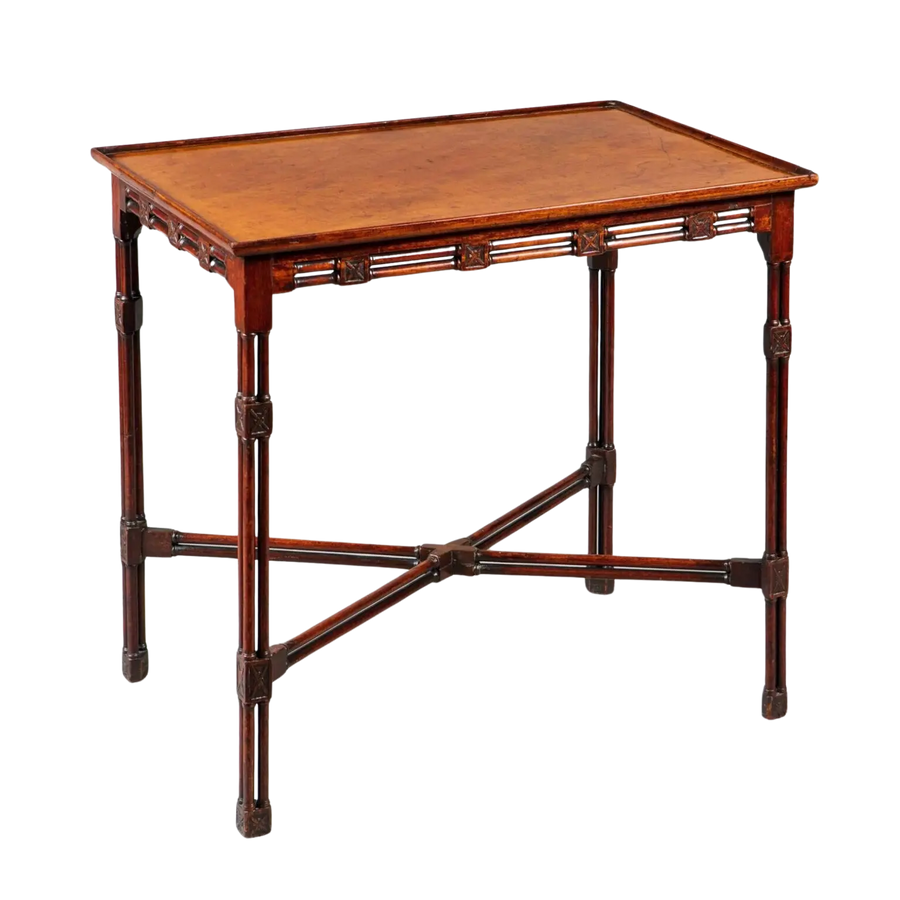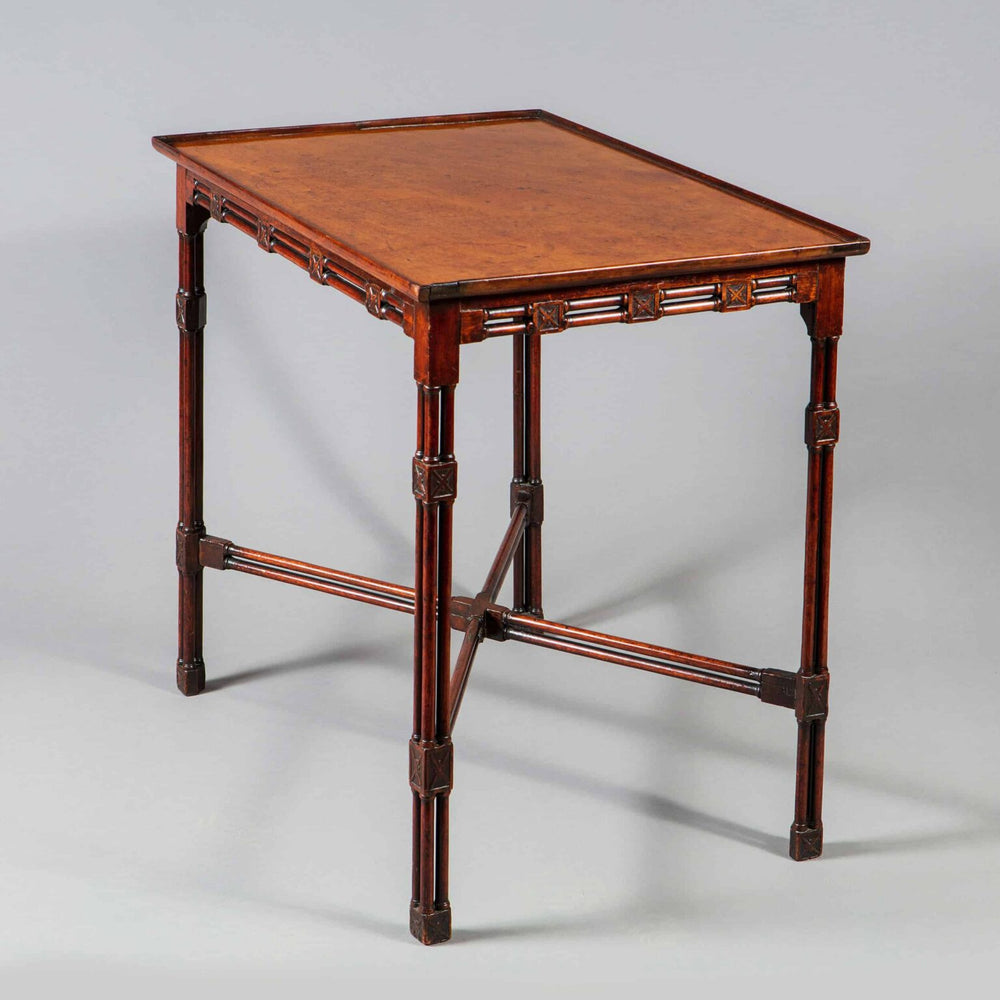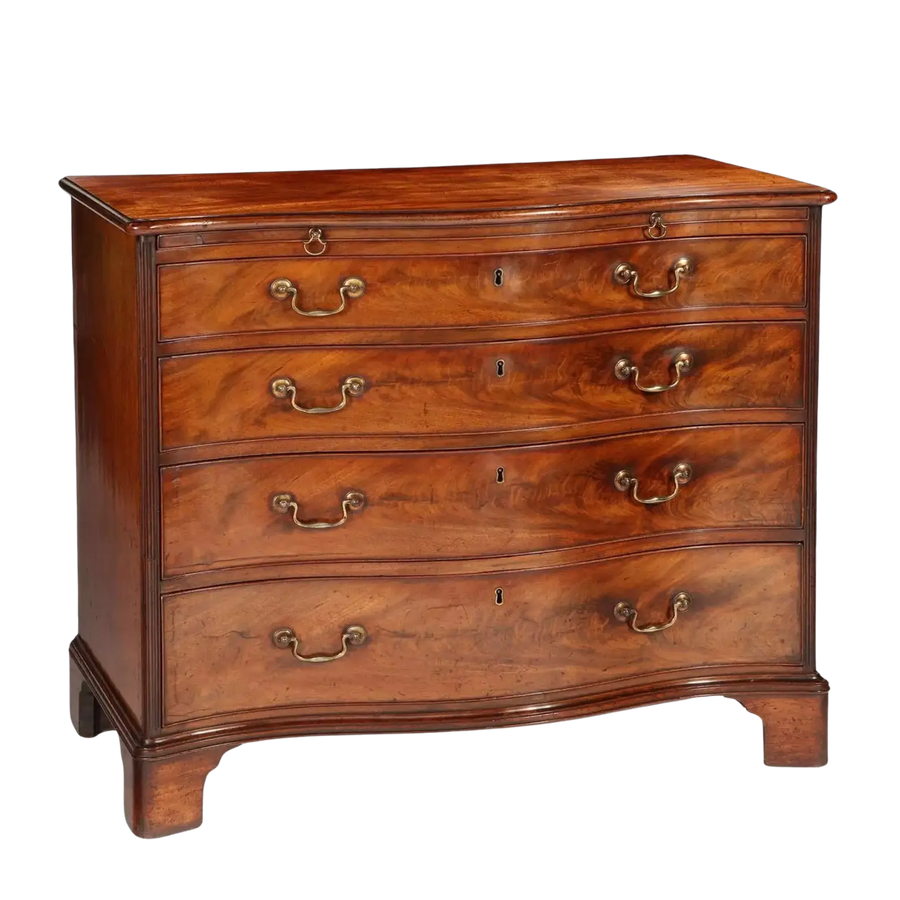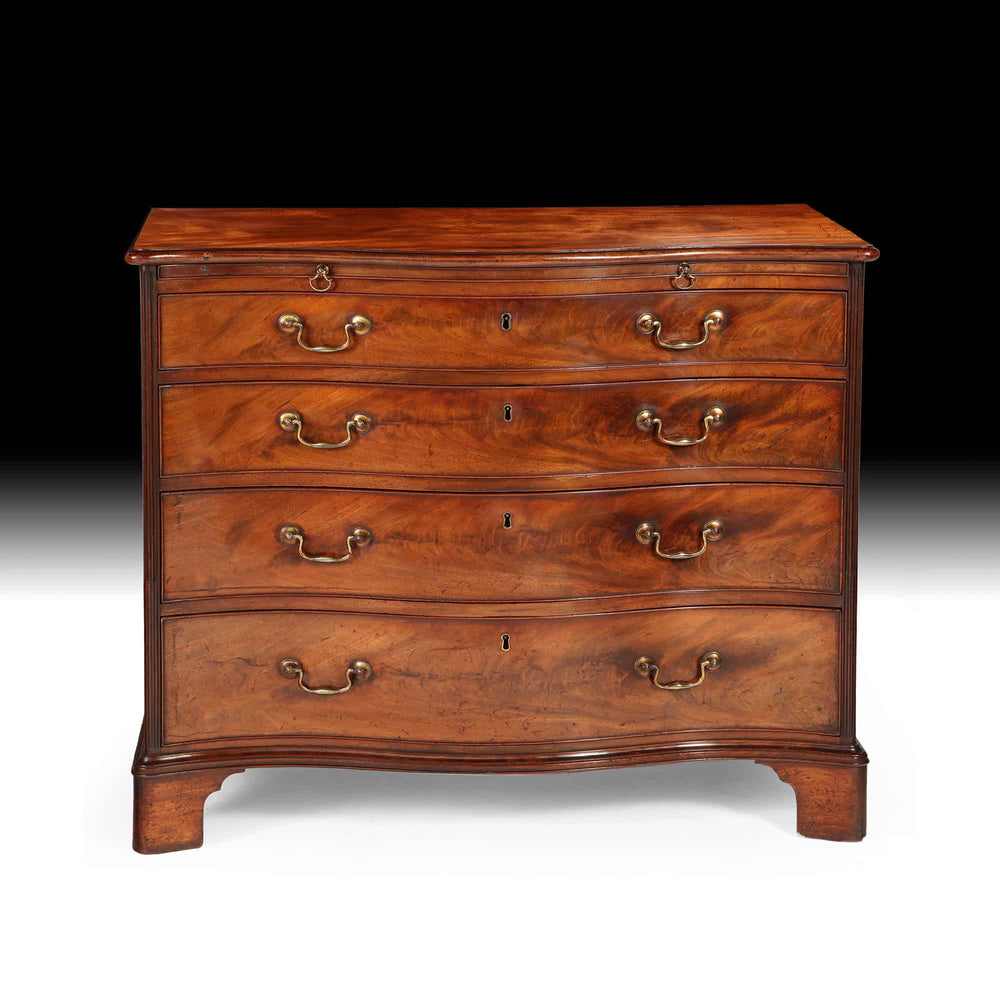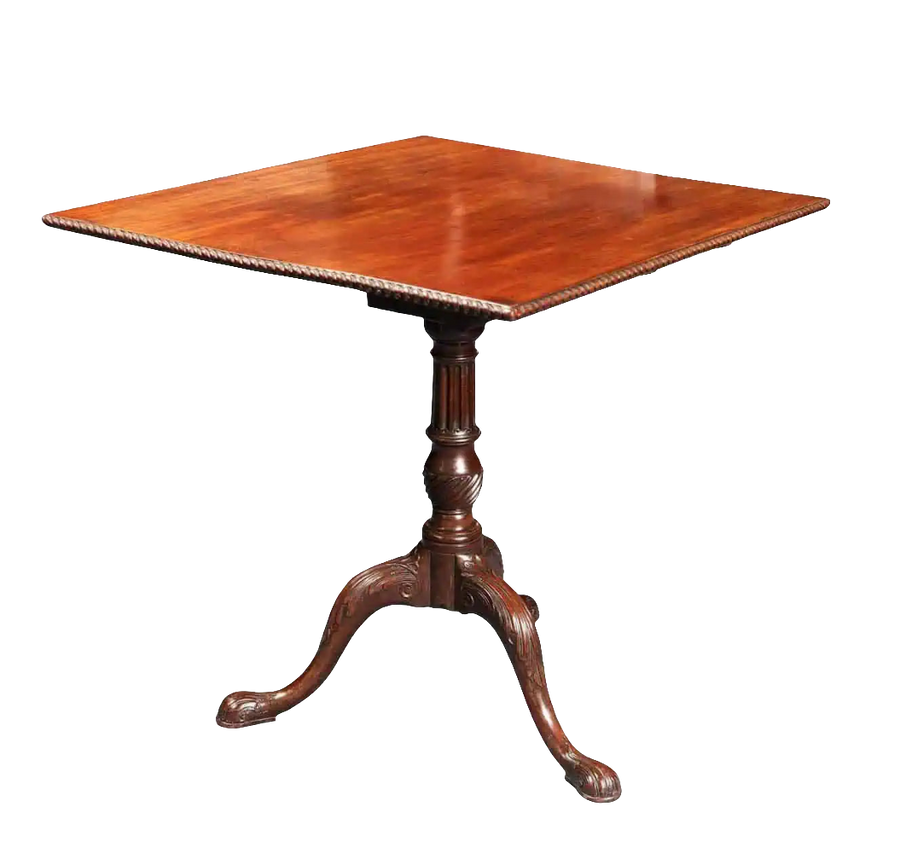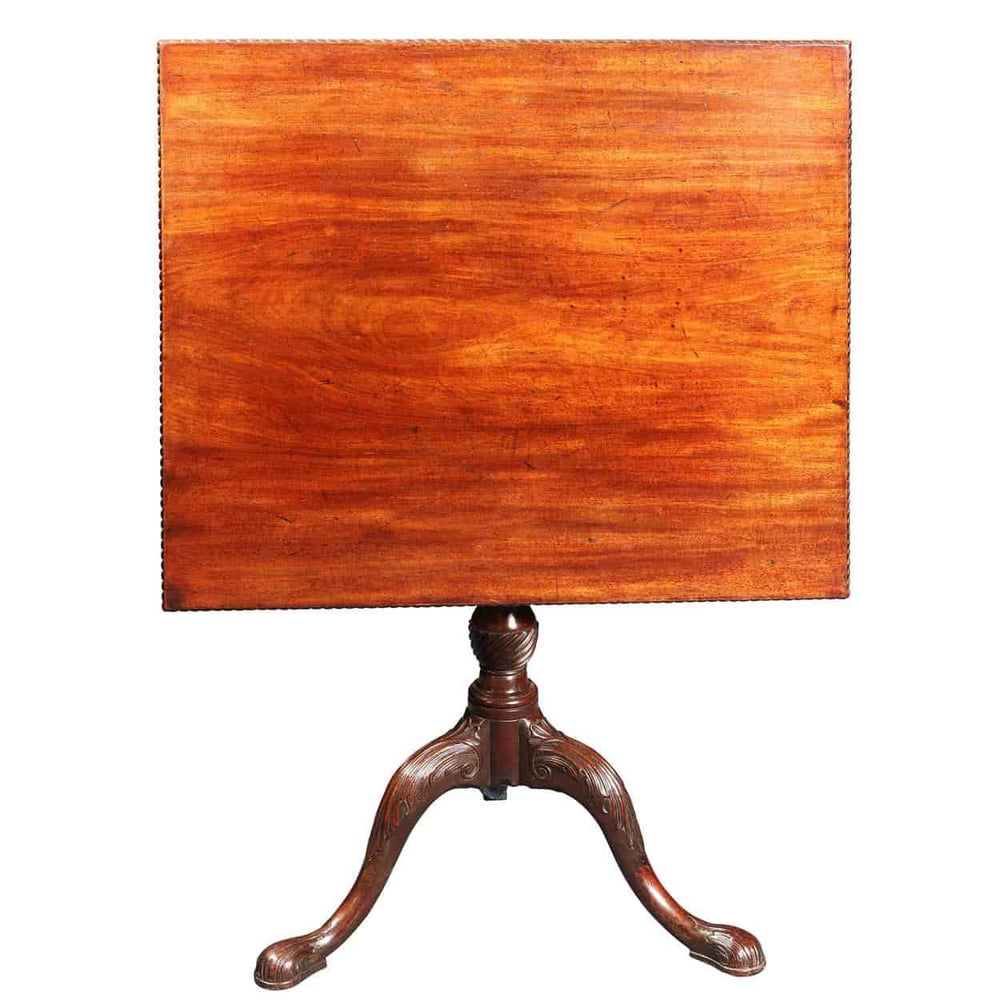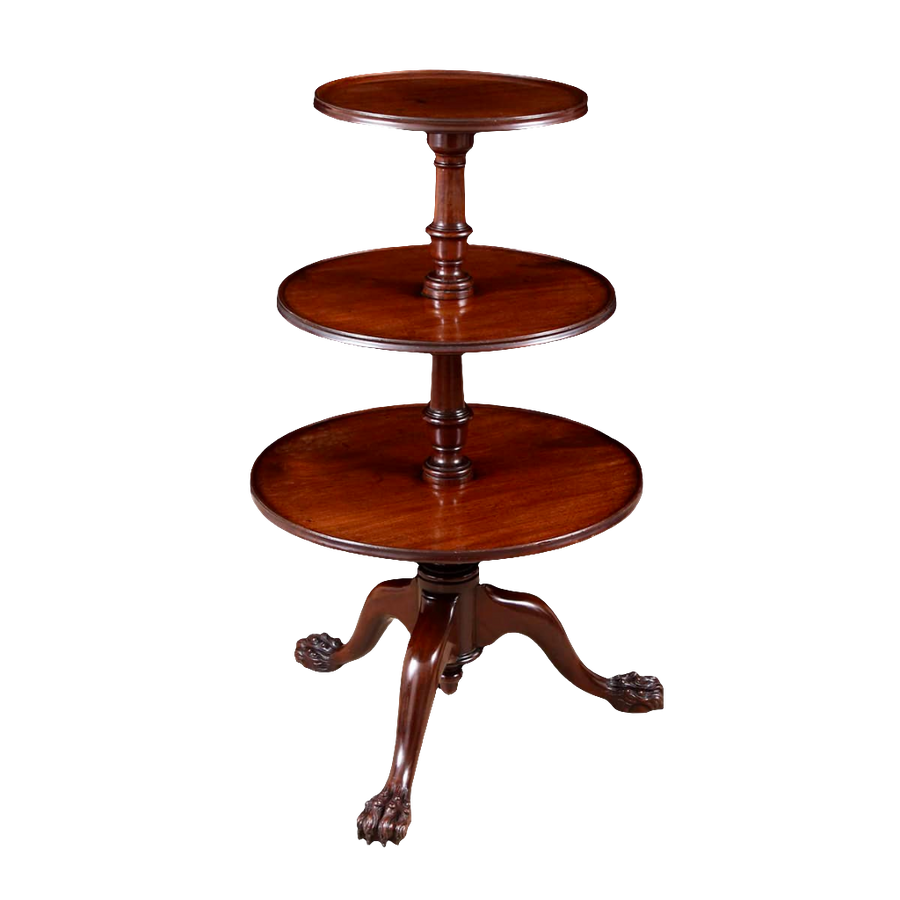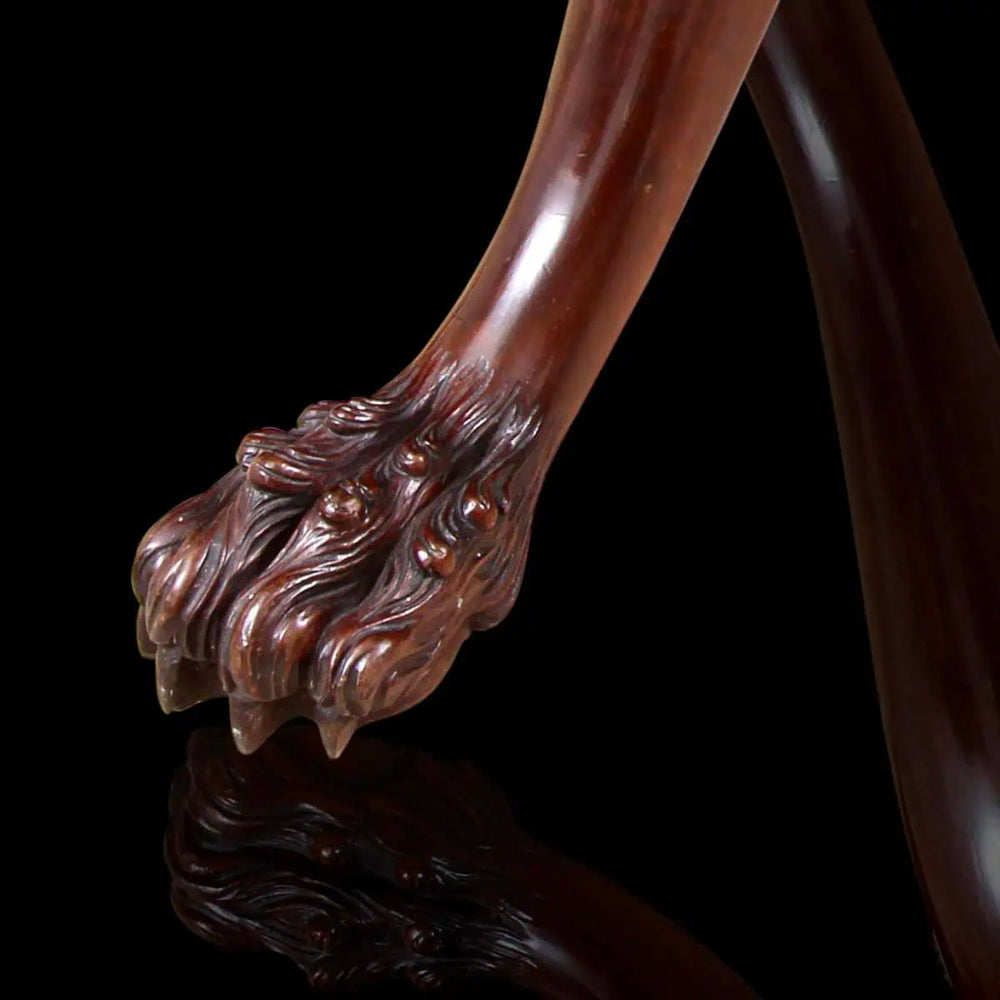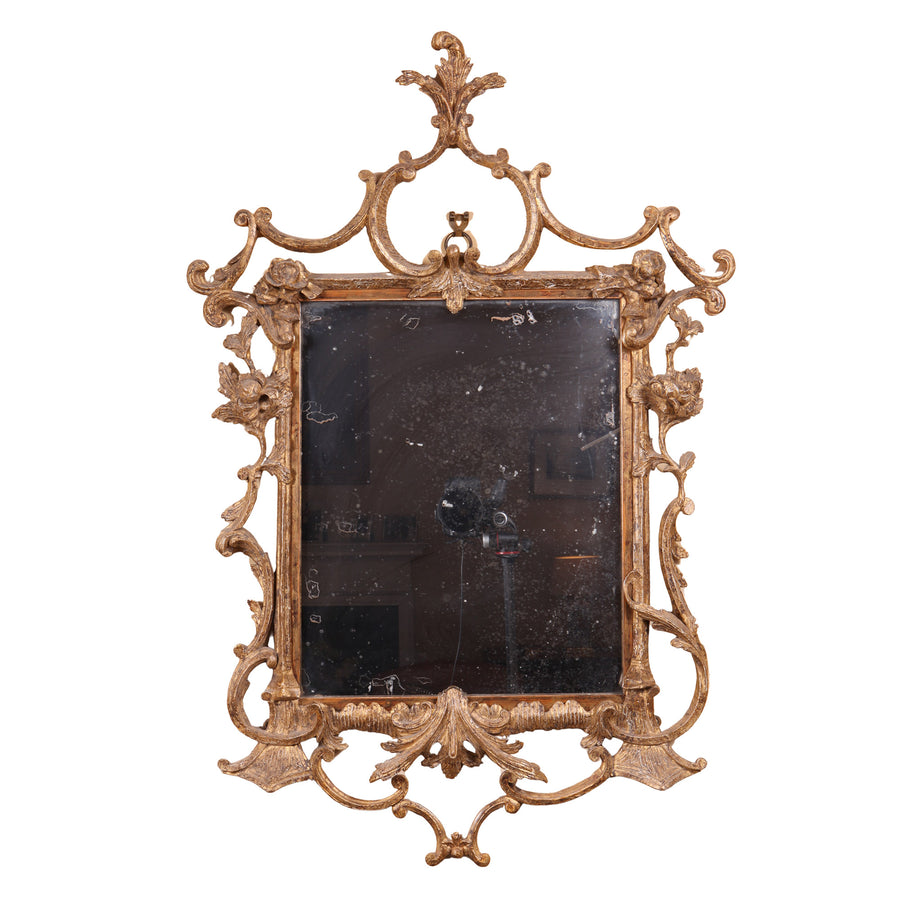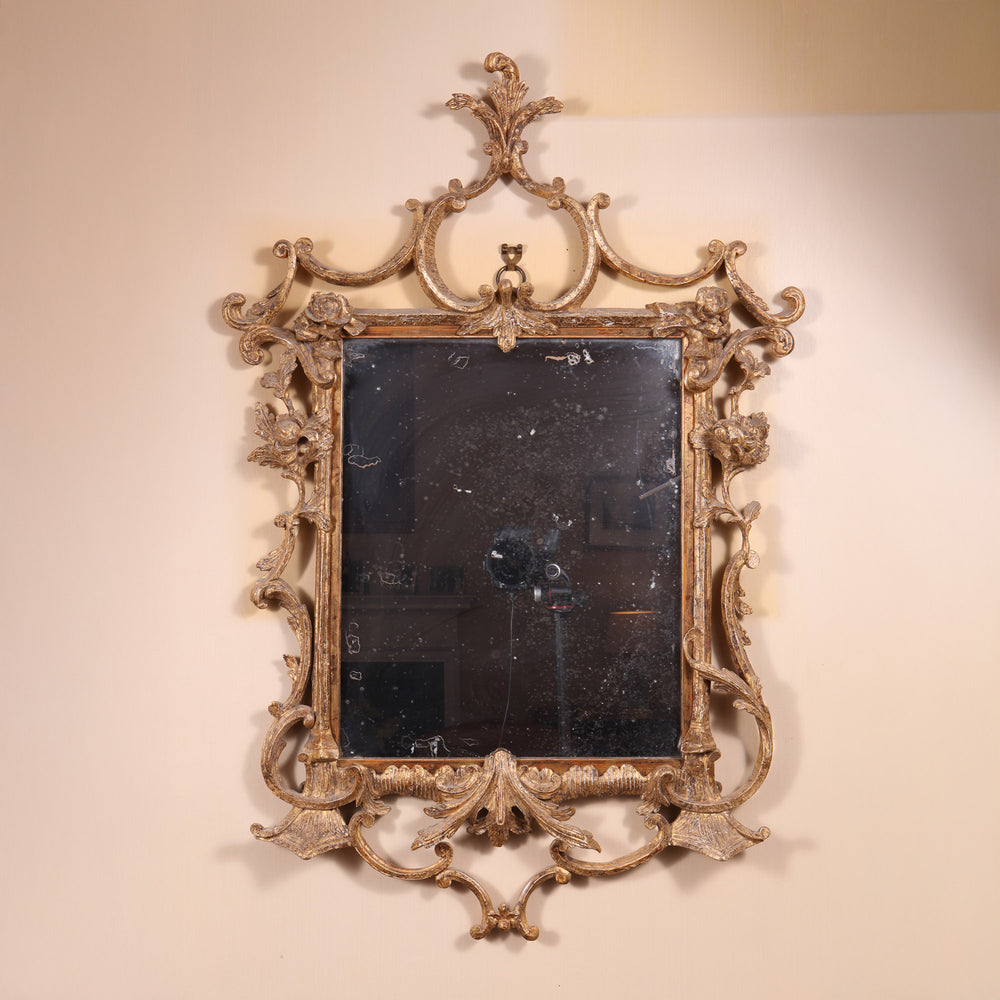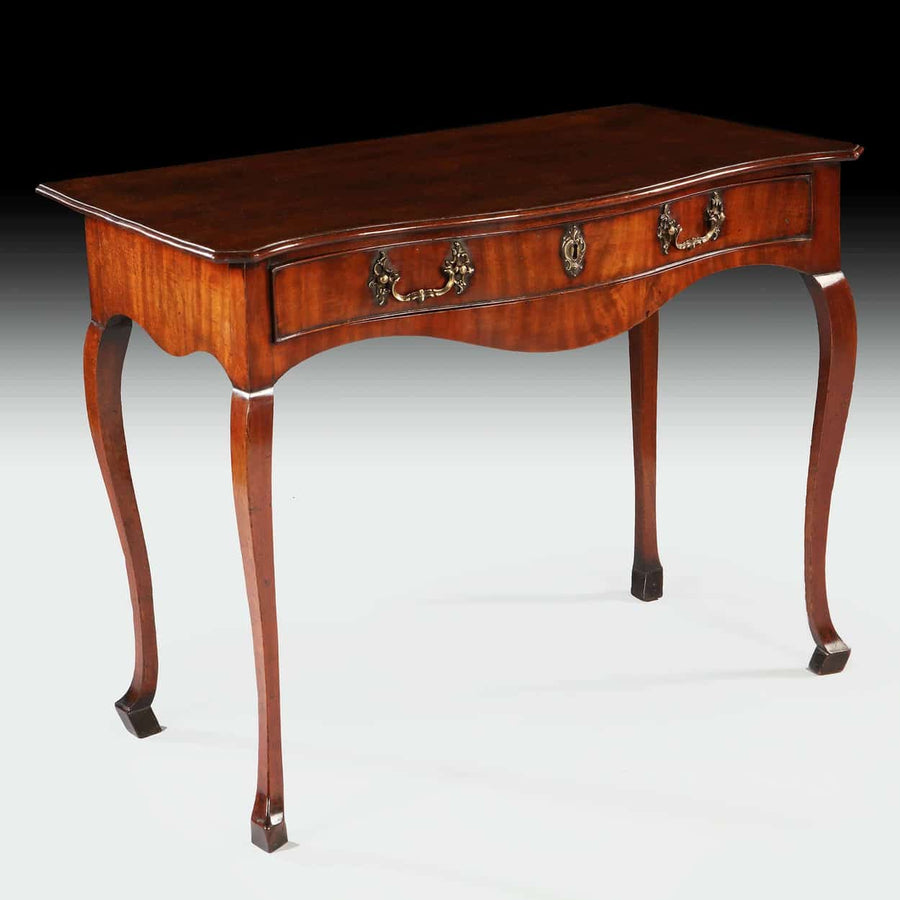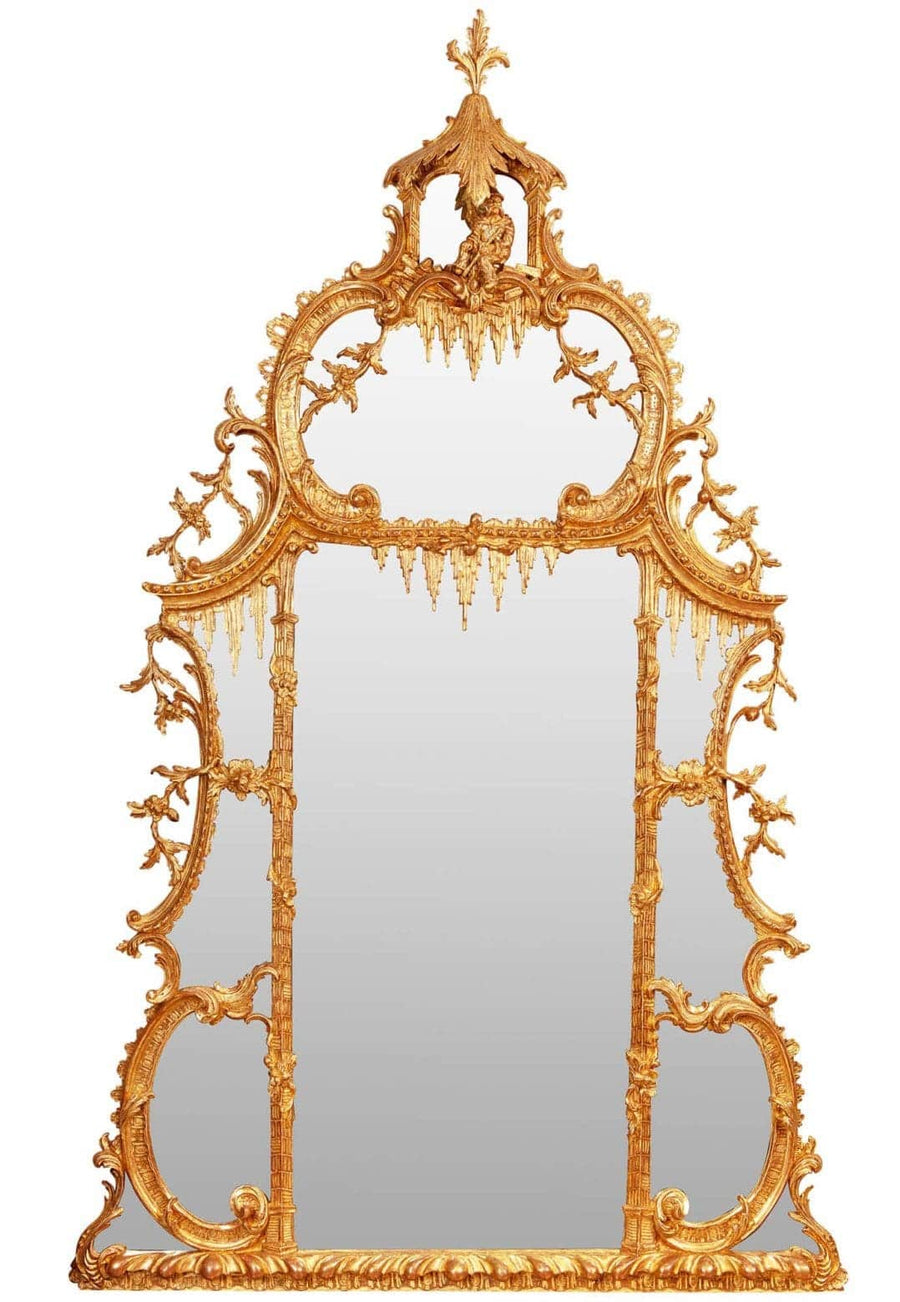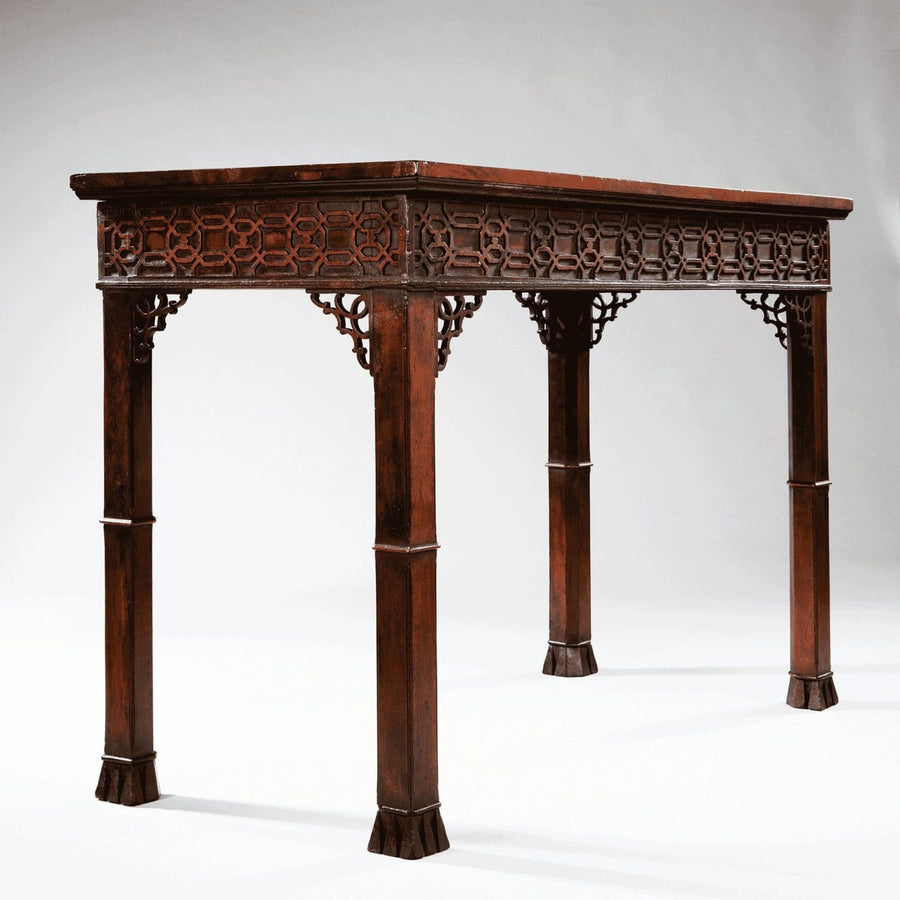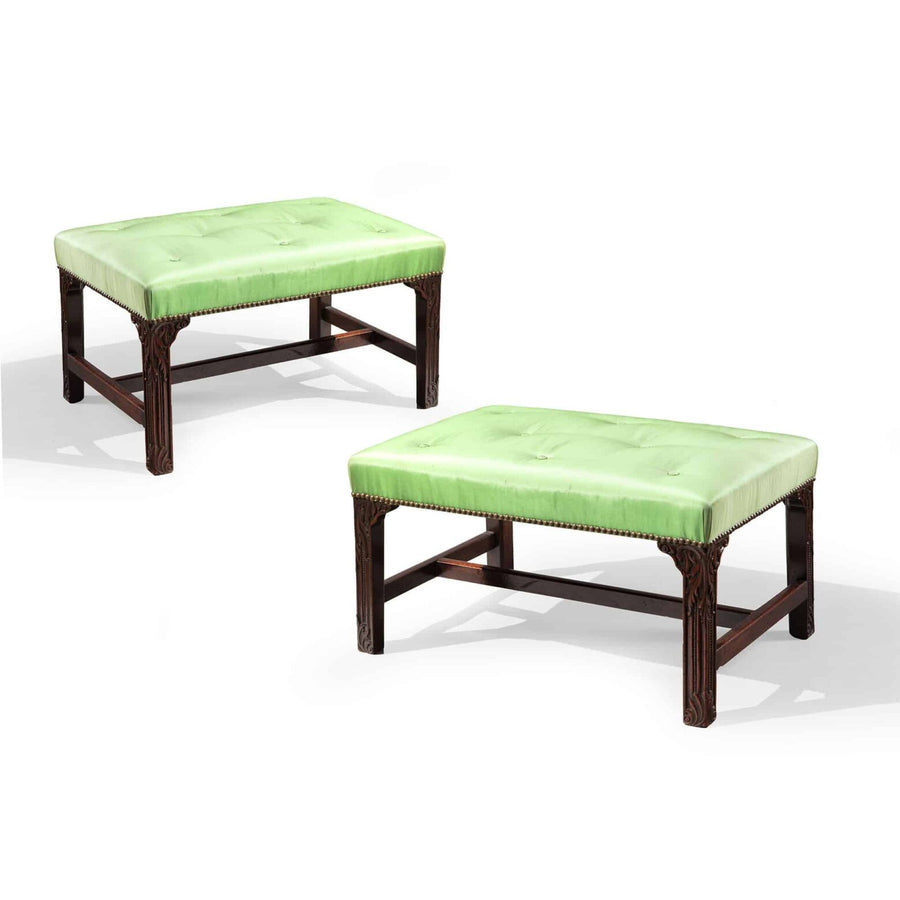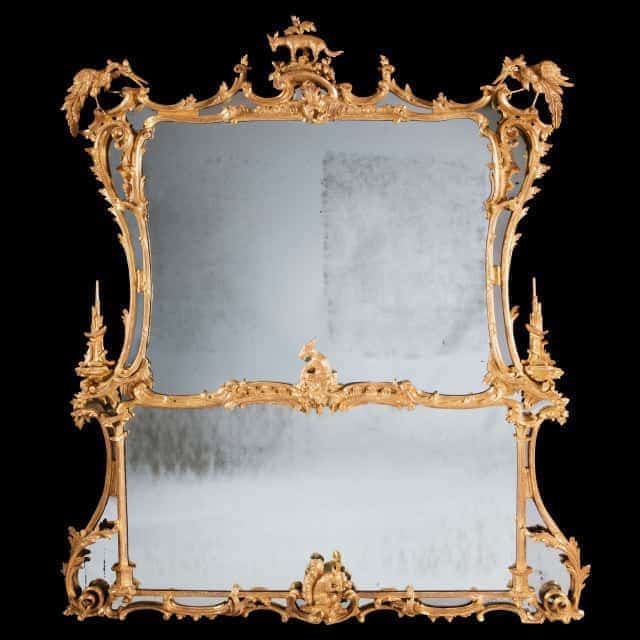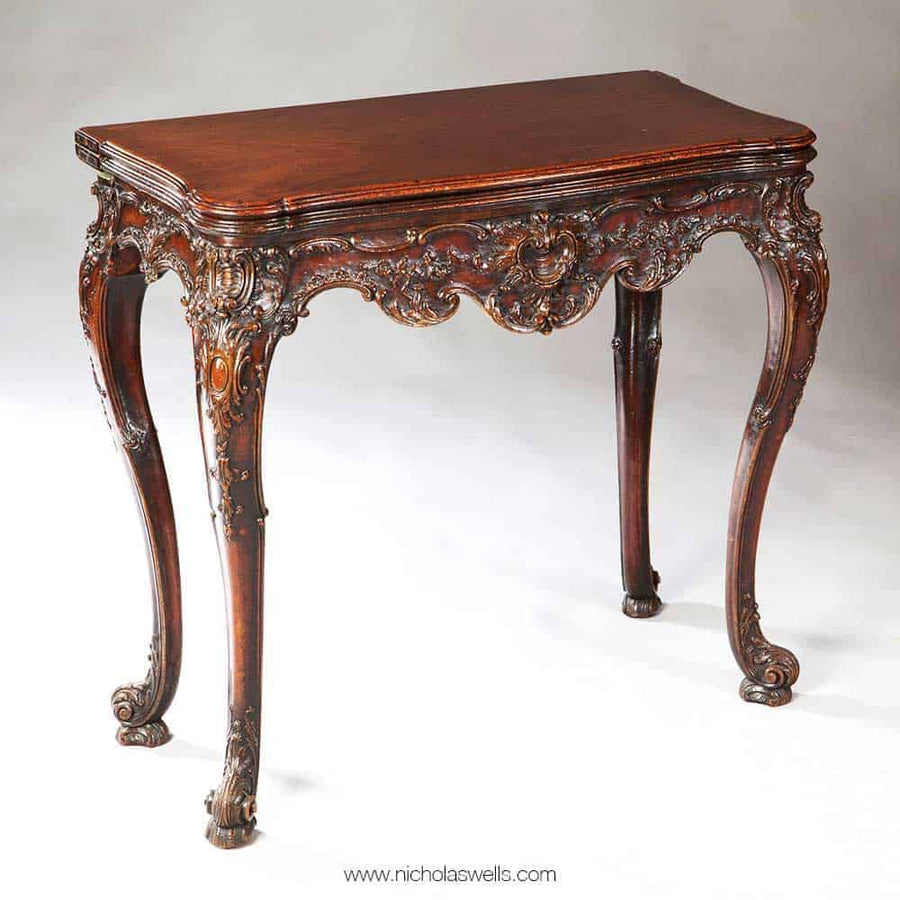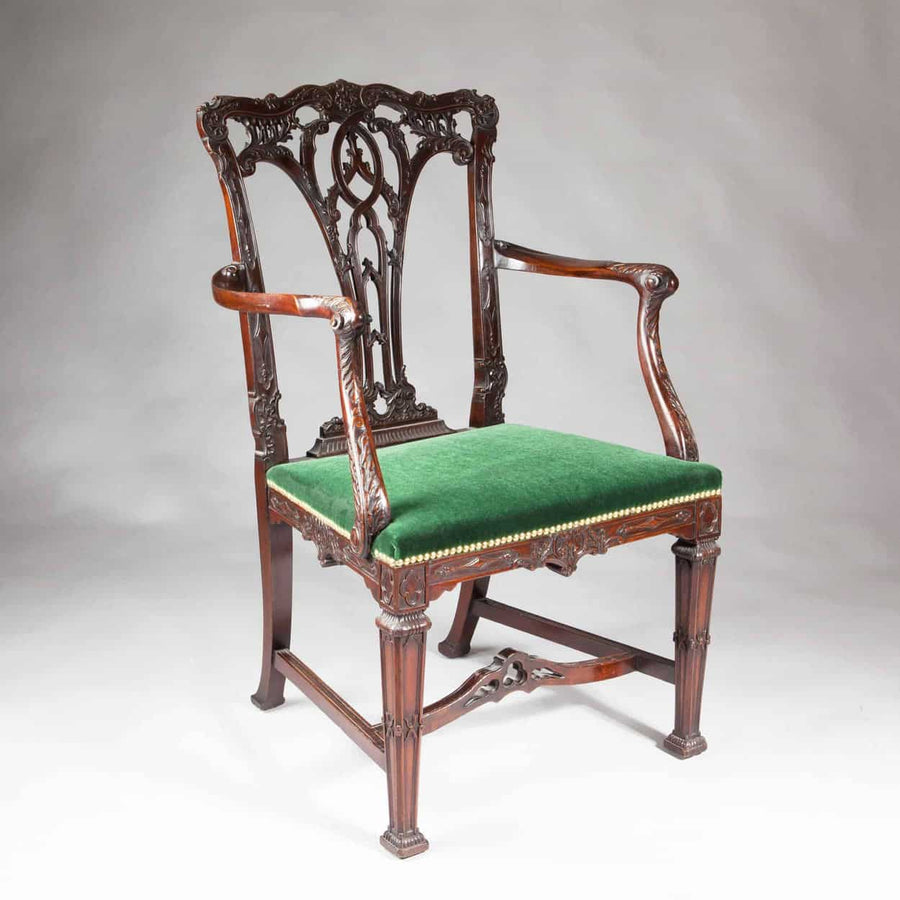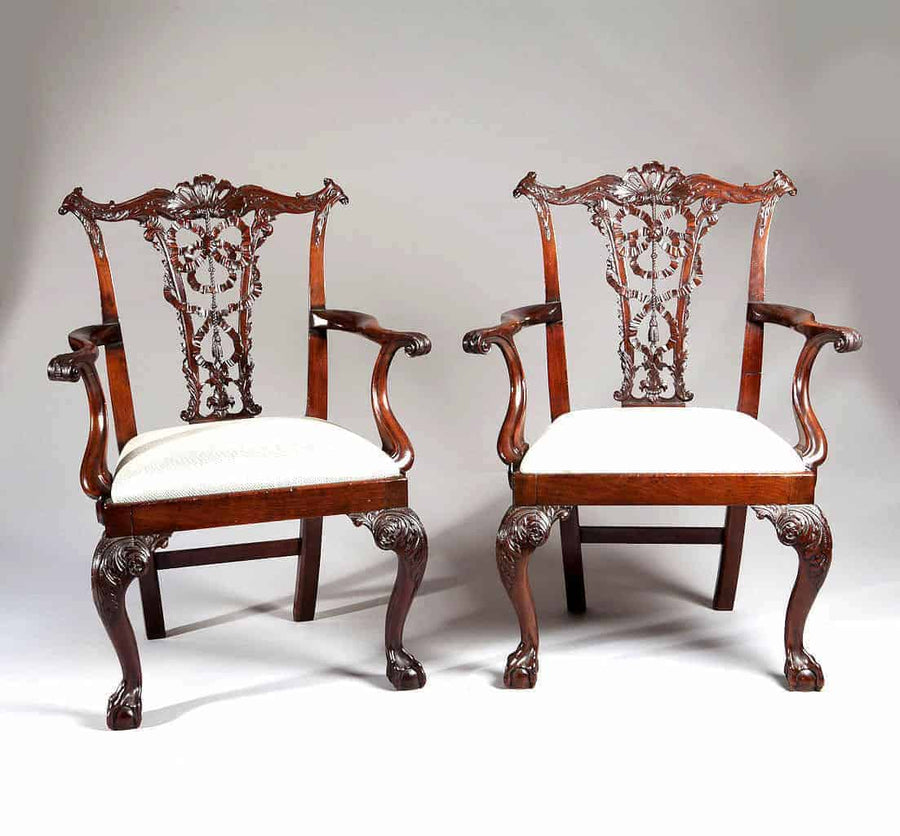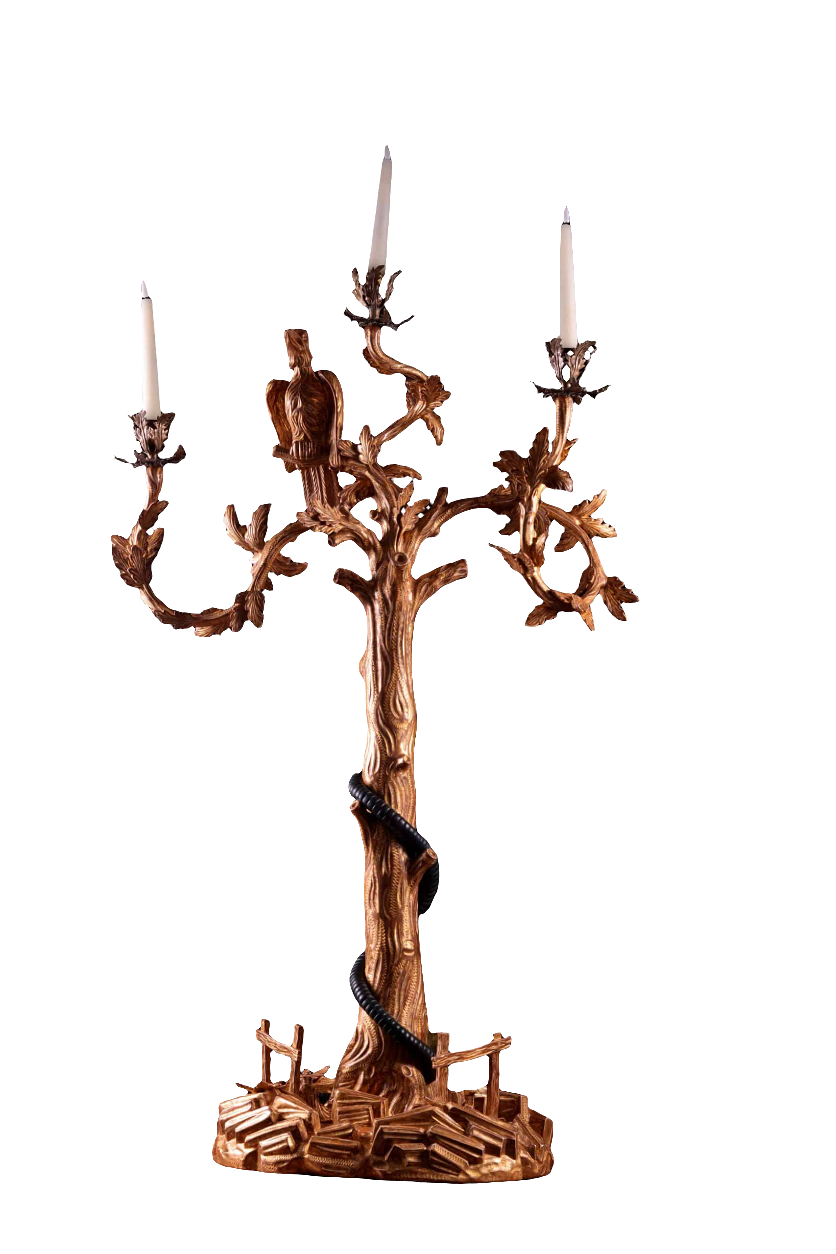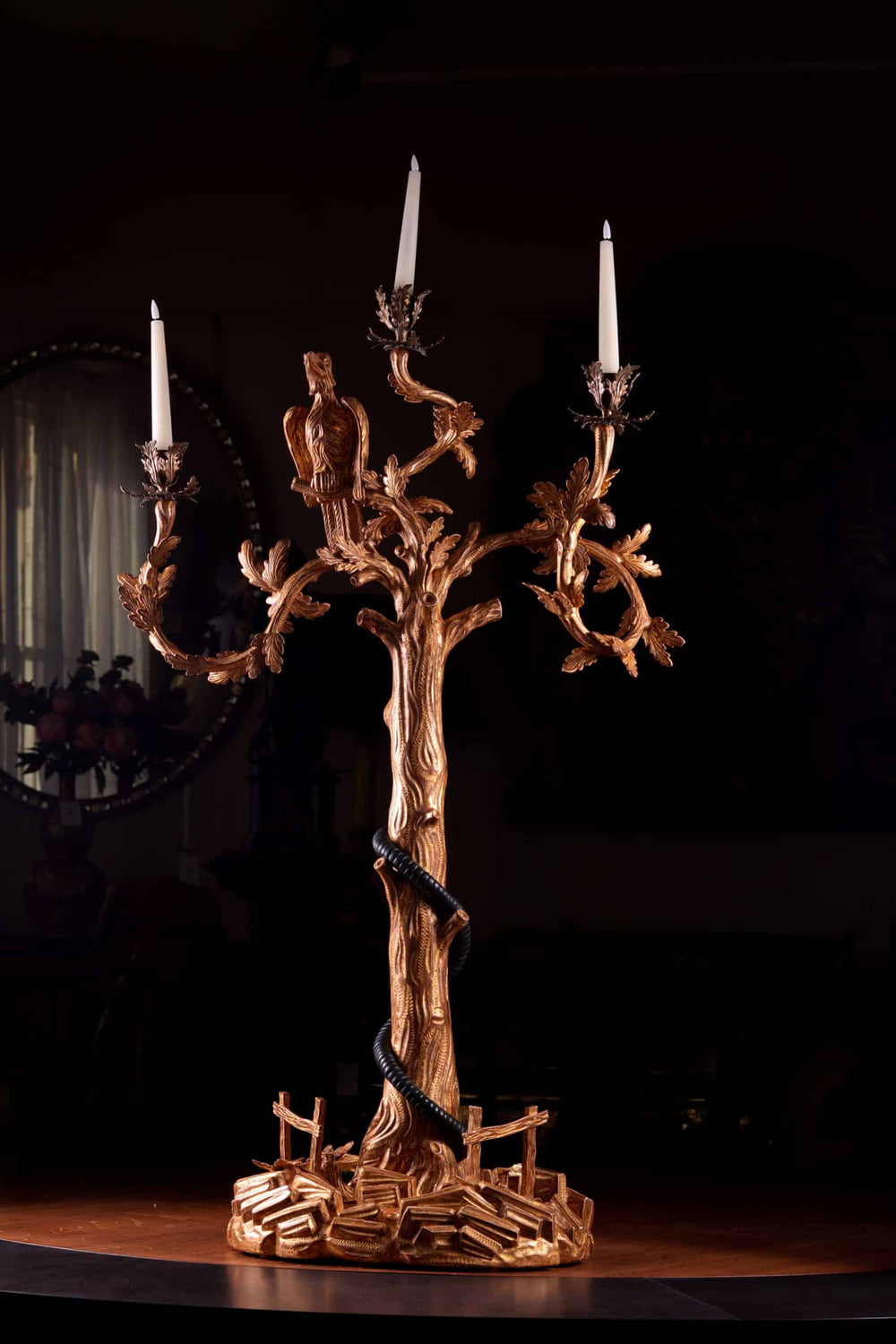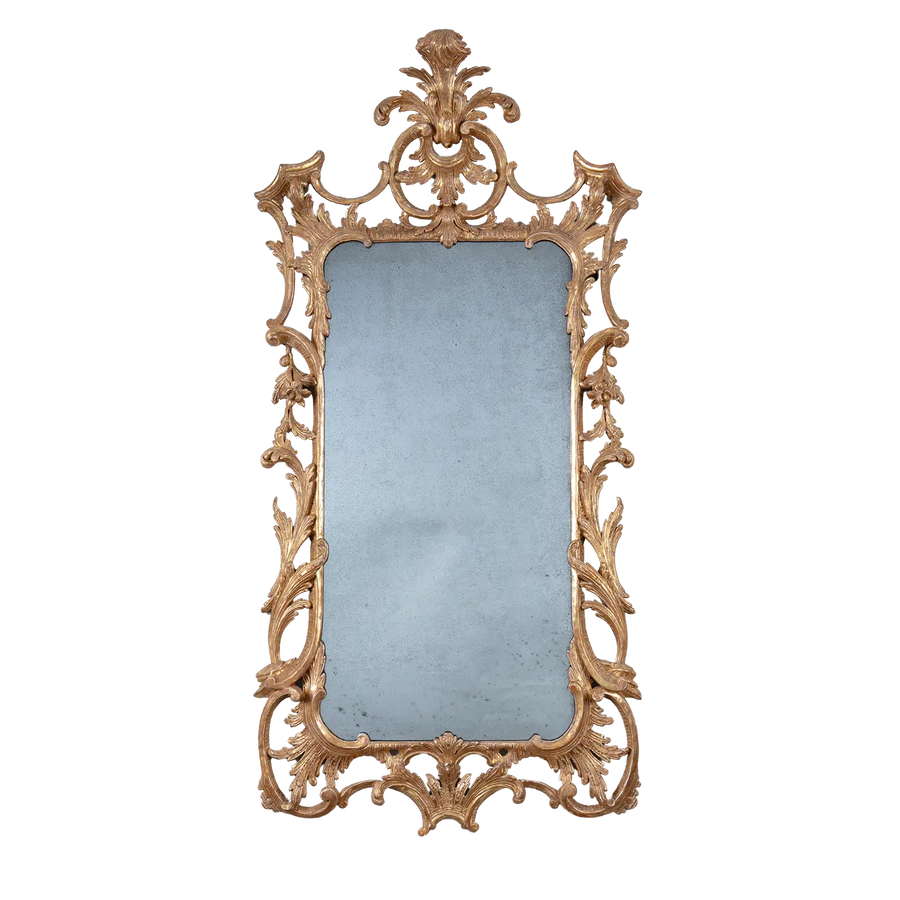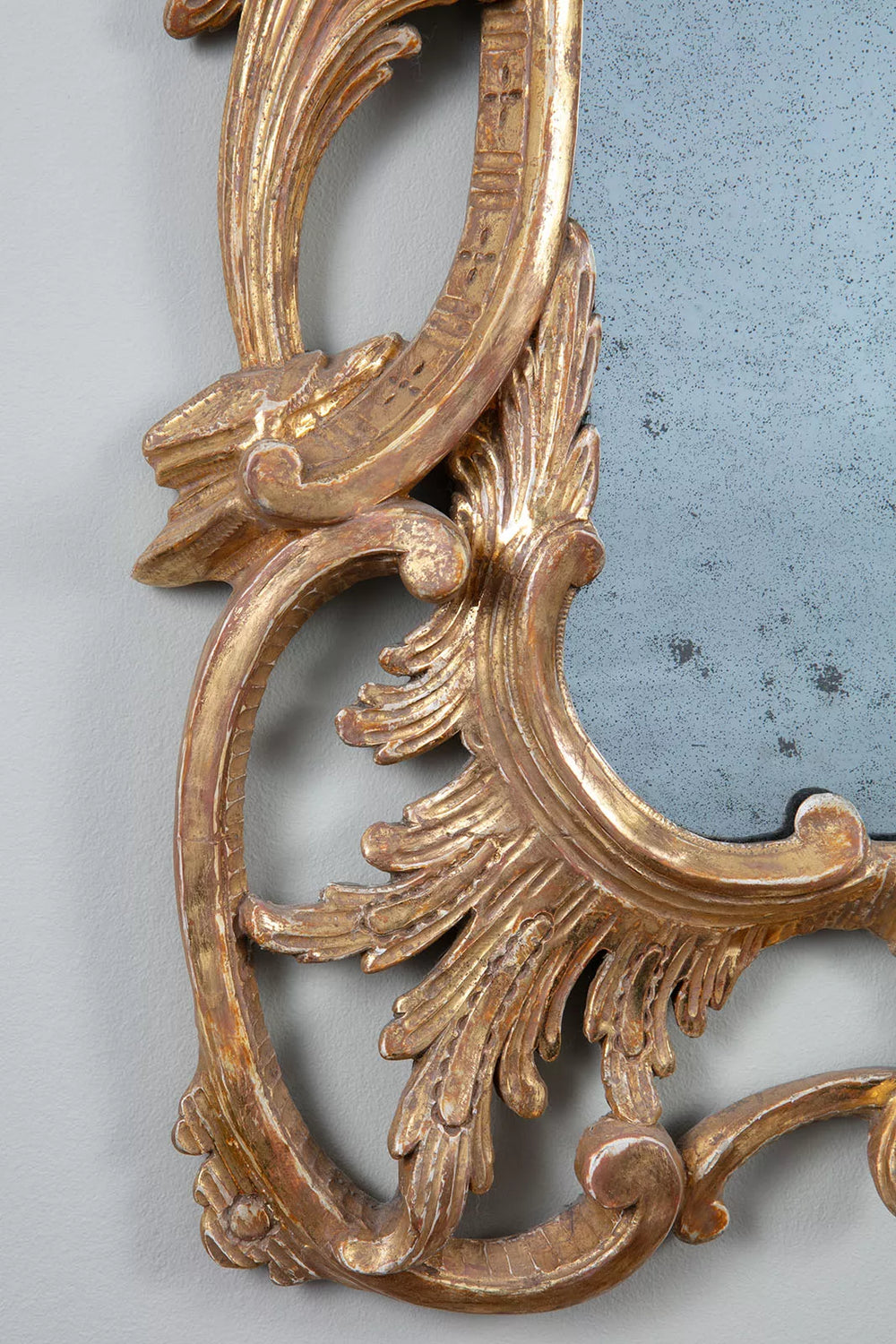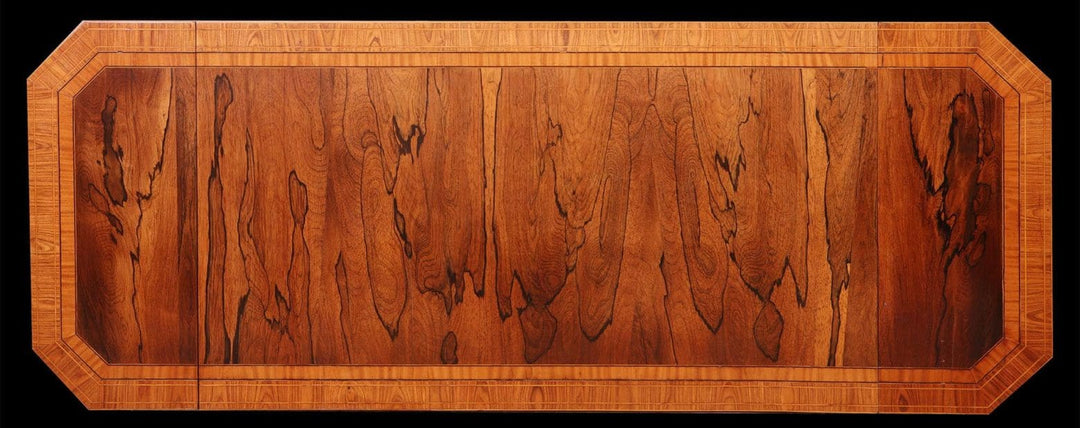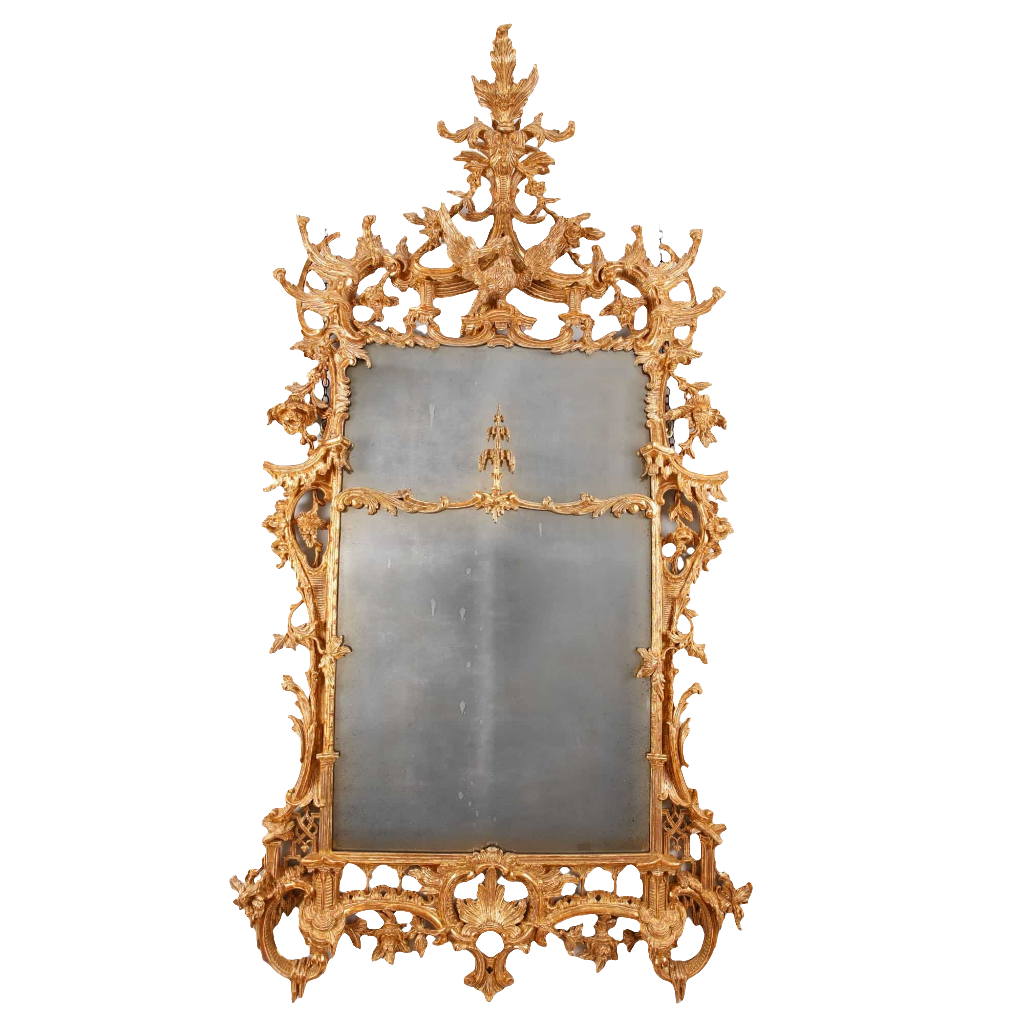
Thomas Chippendale (1718–1779) stands as one of the most celebrated English cabinetmakers and furniture designers of the 18th century. Born in Otley, Yorkshire, Chippendale rose from modest origins to become the foremost designer of his age, producing furniture for the grandest houses of Georgian Britain. His name is now virtually synonymous with refinement, craftsmanship, and timeless design.
Chippendale’s furniture combined exceptional technical skill with a unique ability to interpret and blend stylistic movements of his era. His designs gracefully balanced the exuberance of the Rococo, the symmetry and order of Neoclassicism, and the fascination for the exotic then sweeping Europe, particularly the taste for chinoiserie. His work was instantly recognisable for its elegant proportions, sinuous lines, and lavishly carved details—ribbons, scrolls, acanthus leaves, and fretwork—executed in the finest materials, from rich mahogany to satinwood and rosewood.
Unlike many craftsmen of his day, Chippendale was more than an artisan: he was an entrepreneur, a designer, and a brand. His London workshop in St Martin’s Lane became a powerhouse of innovation, producing furnishings not only for aristocrats and wealthy merchants in Britain, but also for discerning clients abroad. To commission a Chippendale piece was to make a statement of taste, status, and modernity.
---
The Gentleman and Cabinet-Maker’s Director
Chippendale’s enduring legacy was cemented by the publication of The Gentleman and Cabinet-Maker’s Director in 1754, with revised editions in 1755 and 1762. More than a mere pattern book, this groundbreaking volume served both as a marketing tool and as a design manifesto. It presented over 160 meticulously engraved plates, illustrating designs for chairs, tables, bookcases, beds, mirrors, and decorative objects.
The Director was the first comprehensive furniture design book published by a practicing cabinetmaker and had a transformative effect on English decorative arts. It democratised access to high design, allowing patrons, architects, and cabinetmakers across Britain and the American colonies to draw upon Chippendale’s vision. Its influence spread rapidly, shaping interiors from London townhouses to Virginia plantations.
By codifying the Rococo idiom and later embracing Gothic and Neoclassical elements, the Director ensured that Chippendale’s style set the benchmark for elegance well into the late 18th century. Many of his contemporaries and rivals—such as Robert Adam, John Linnell, and the partnership of Mayhew and Ince—engaged in similar pursuits, but none achieved the same level of cultural and commercial impact.
Today, Chippendale’s original works are among the most prized treasures of historic houses and major collections worldwide. His Director continues to be studied by furniture historians and remains a source of inspiration to designers, a testament to the enduring brilliance of England’s most famous cabinetmaker.




